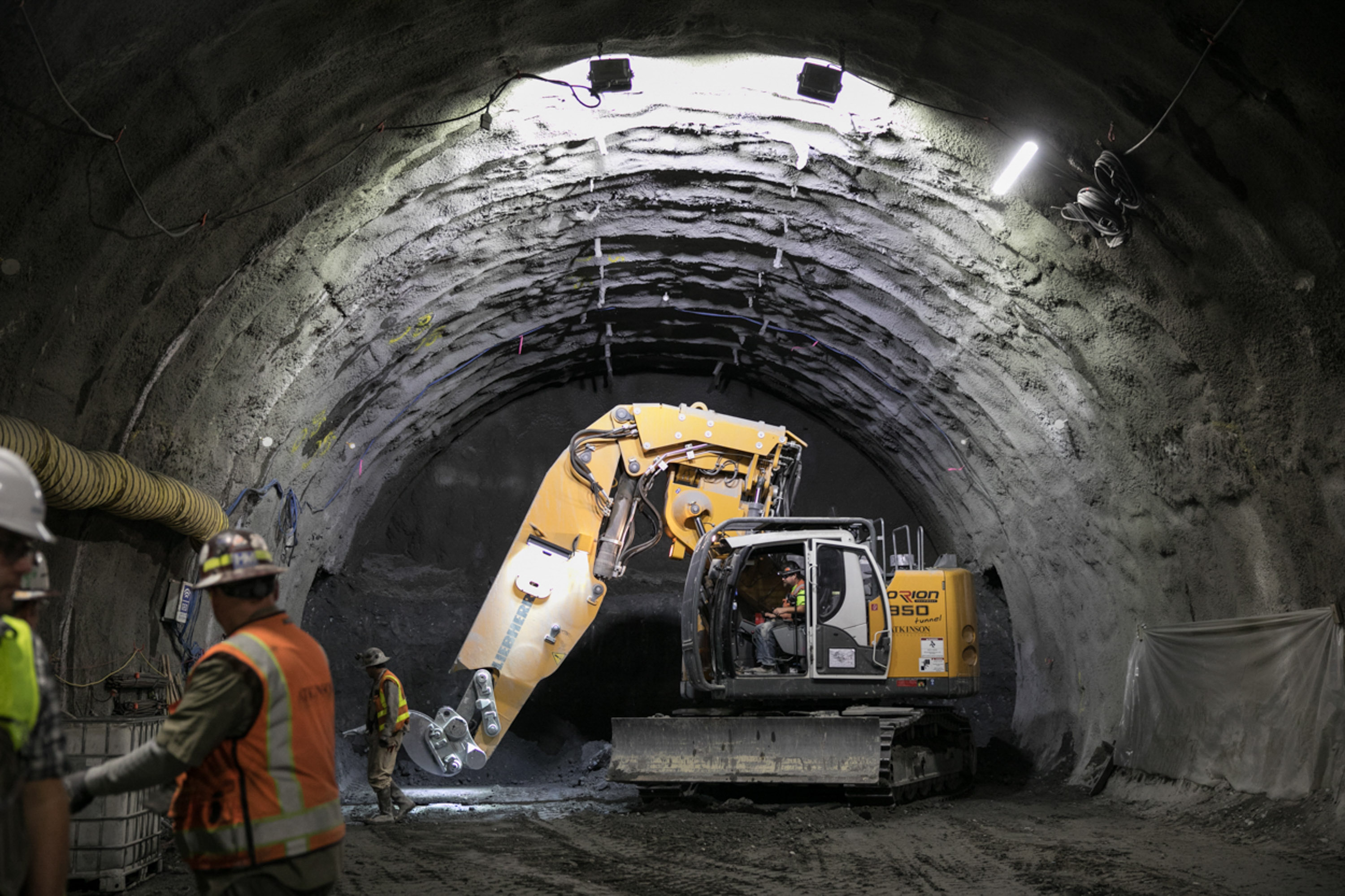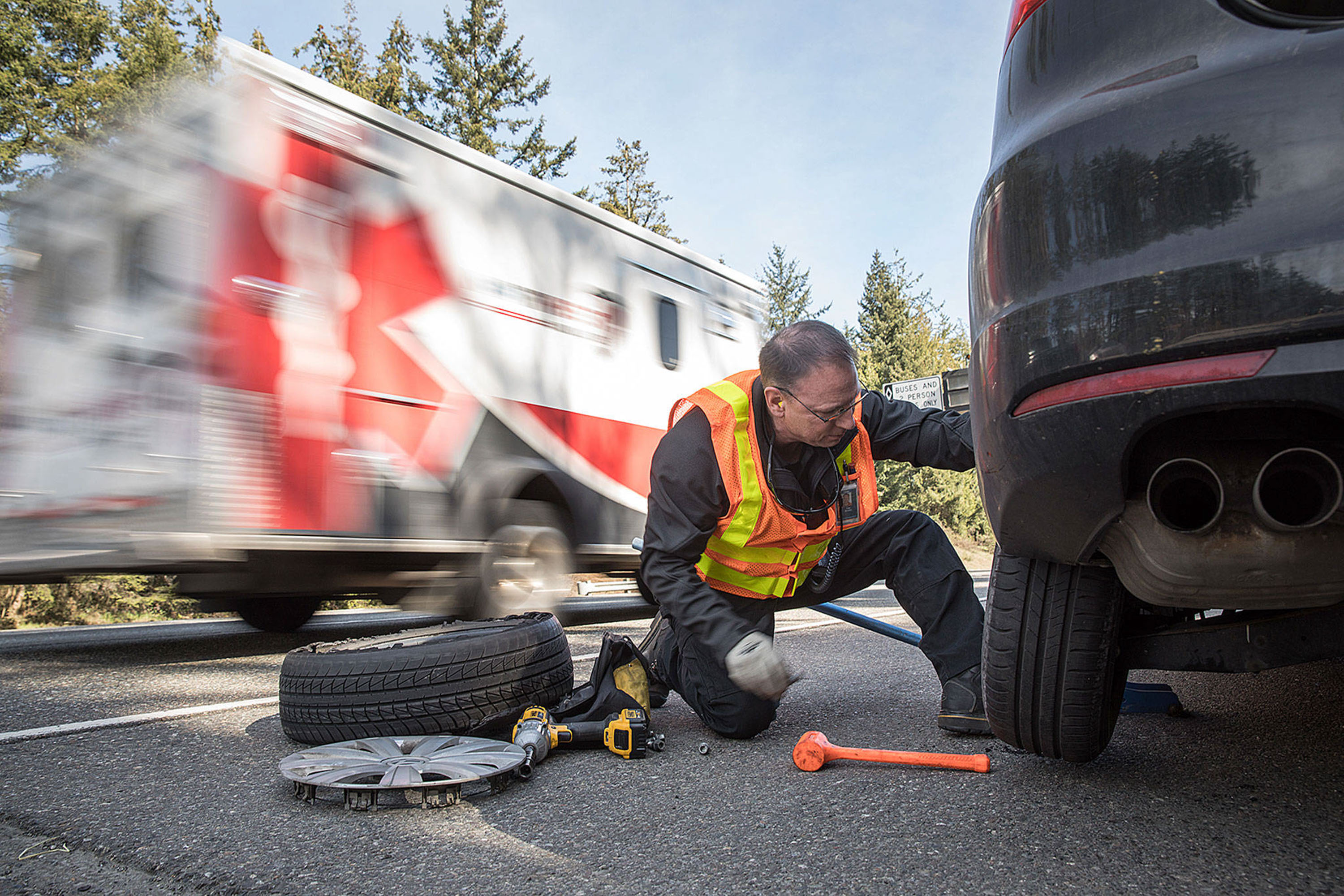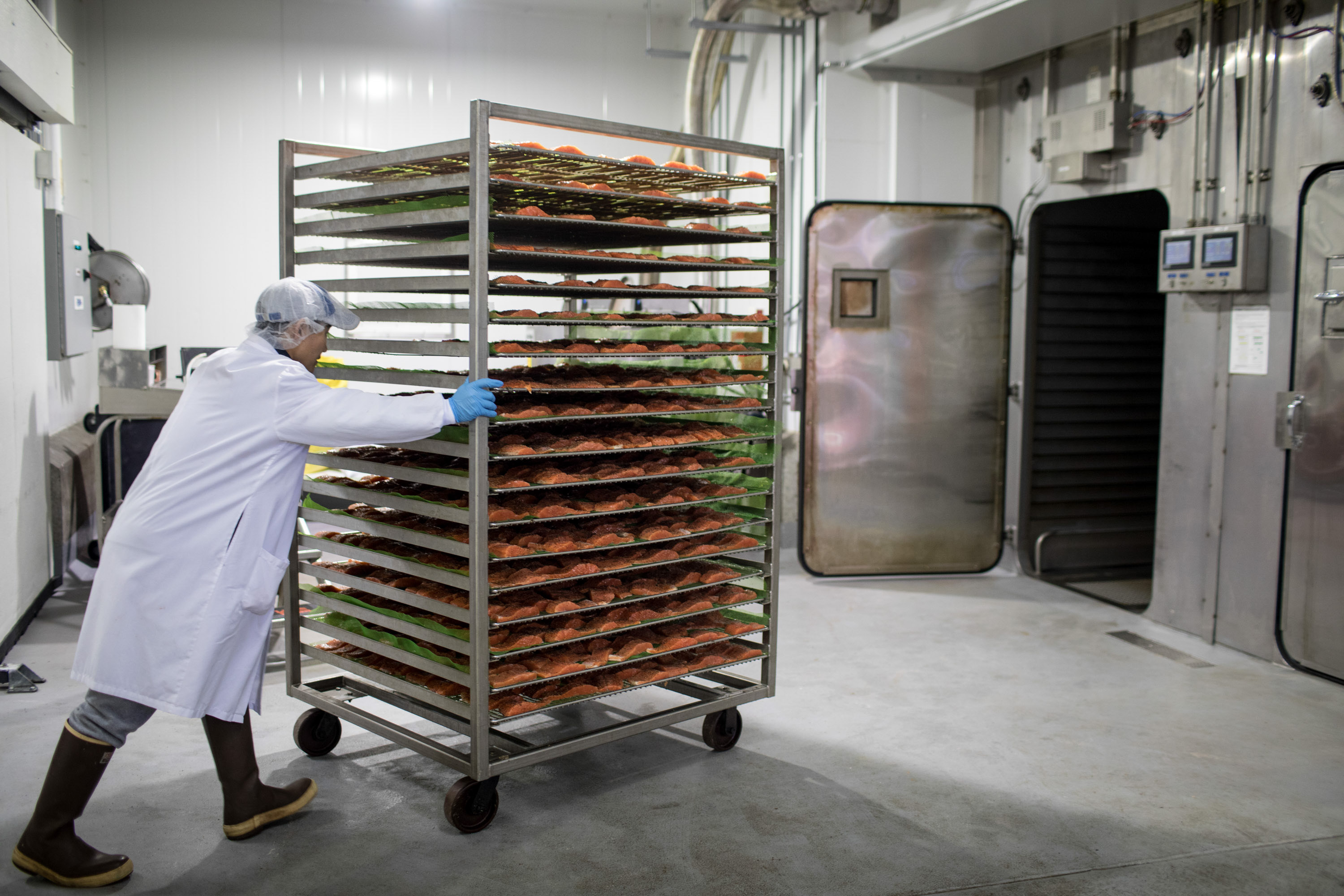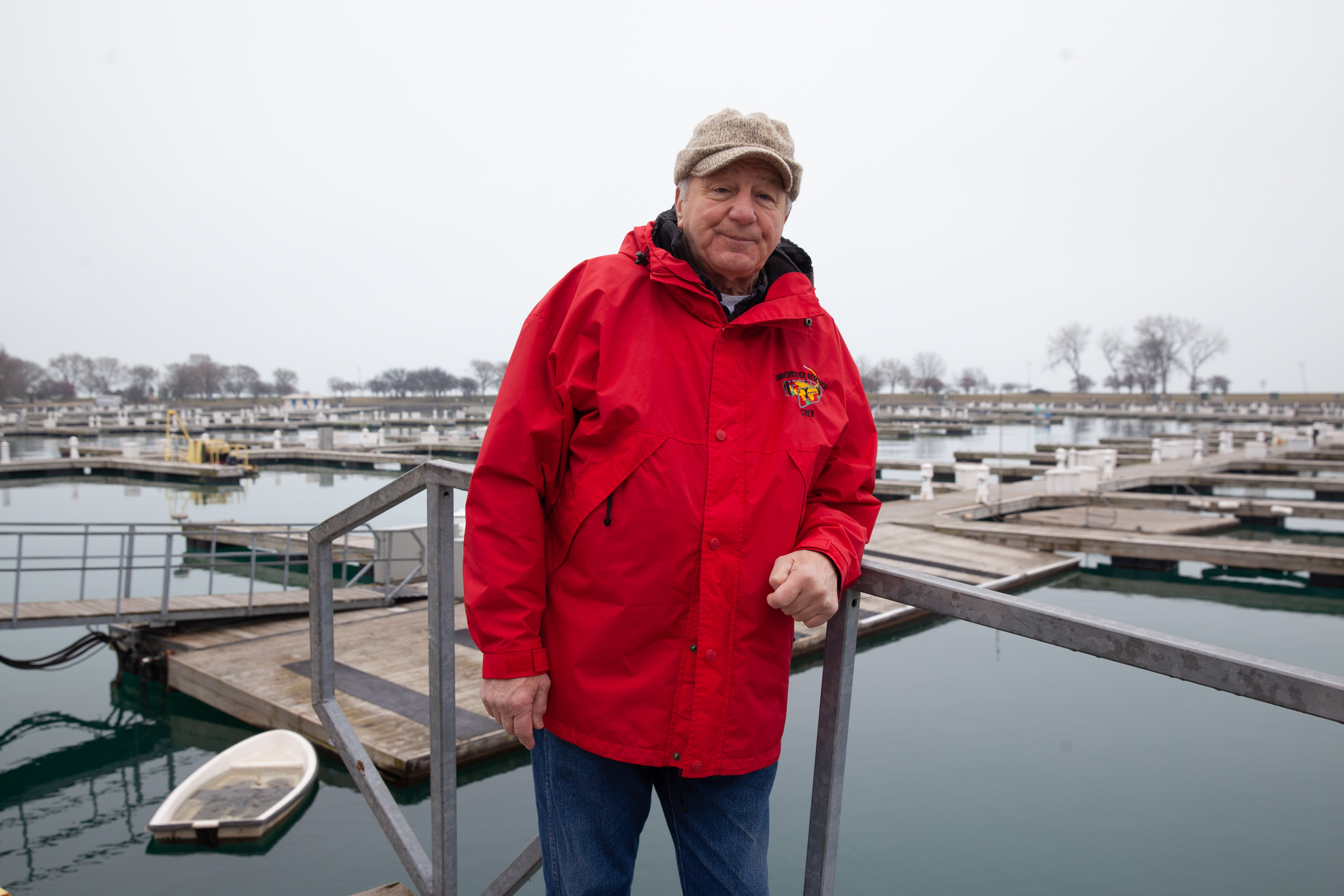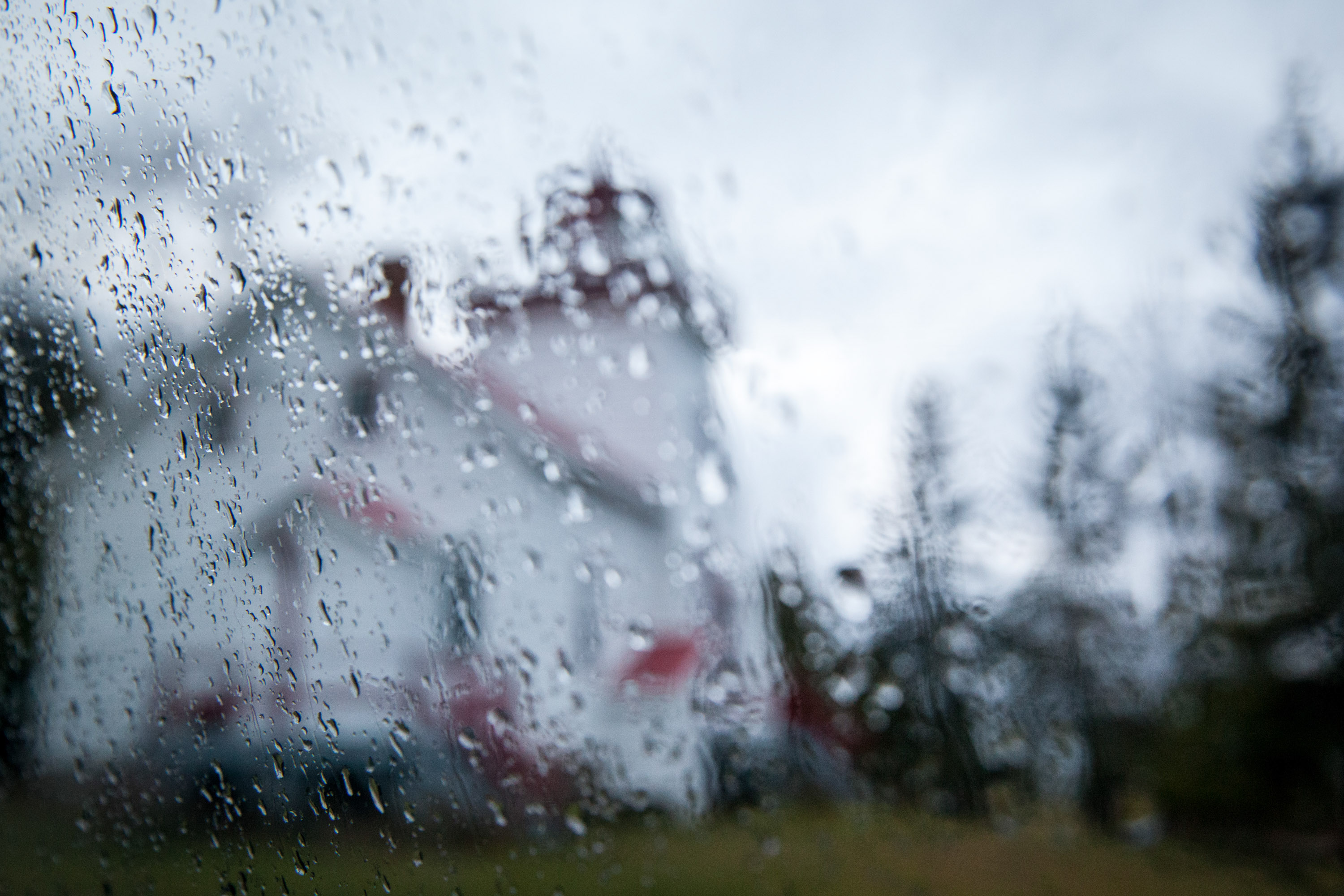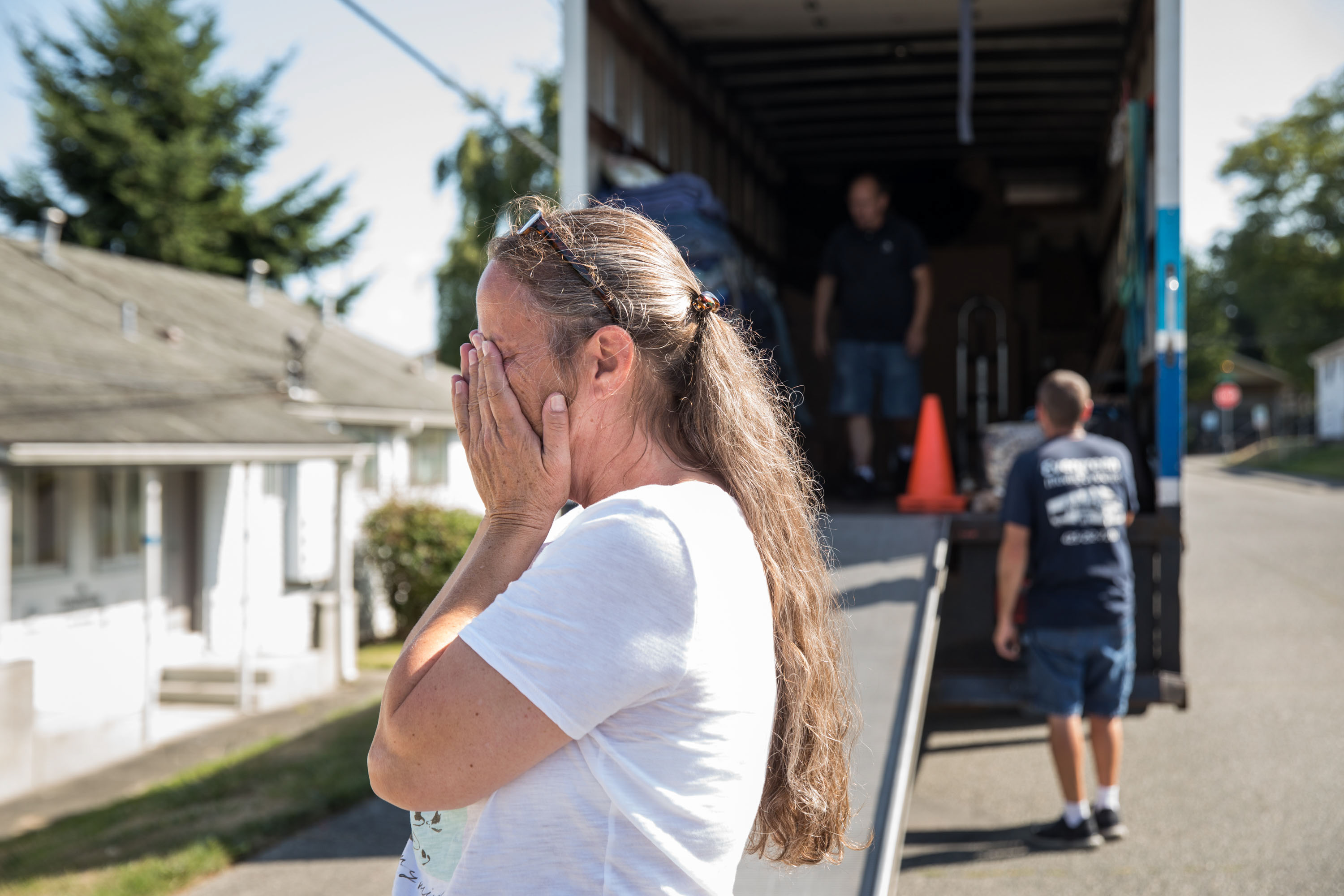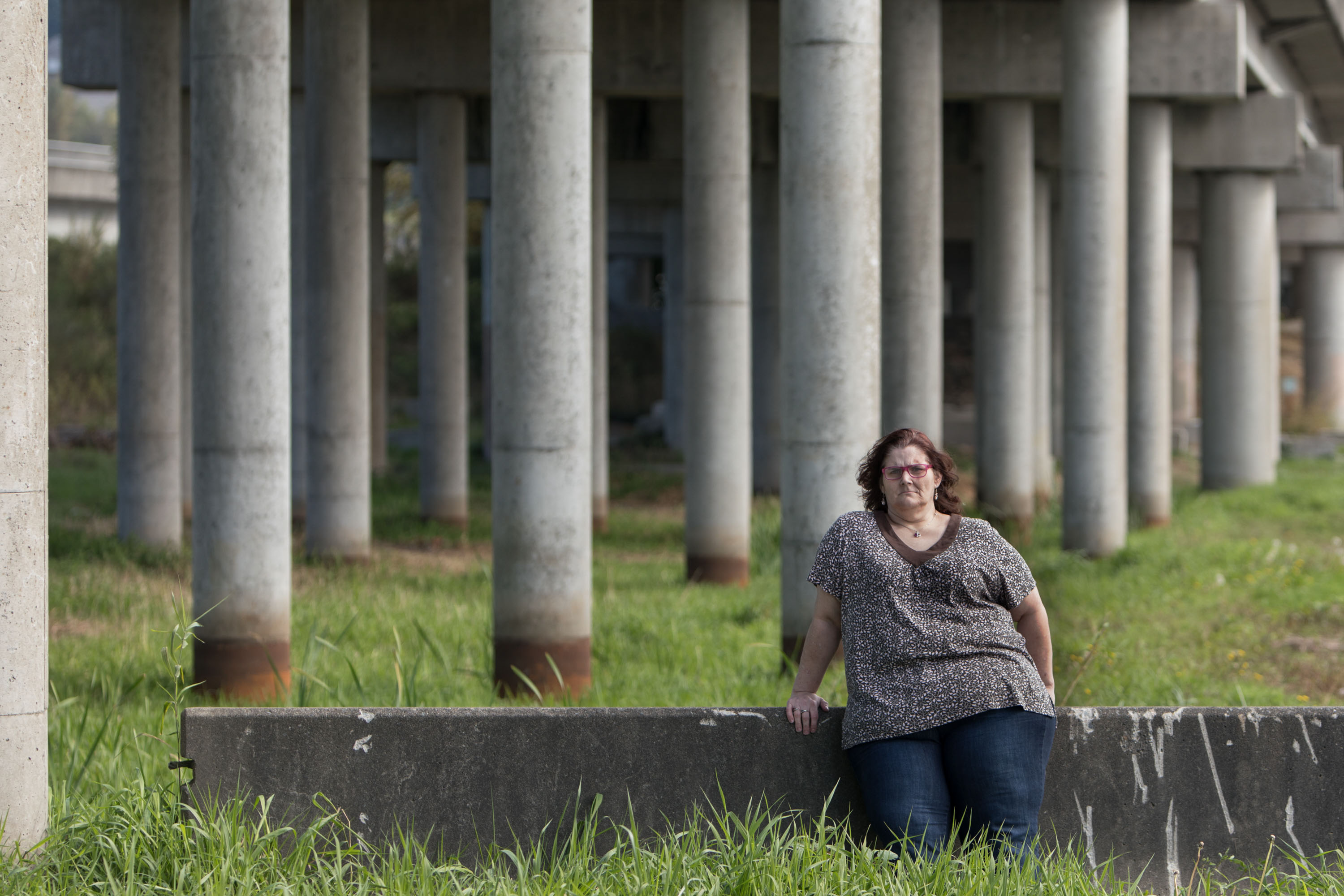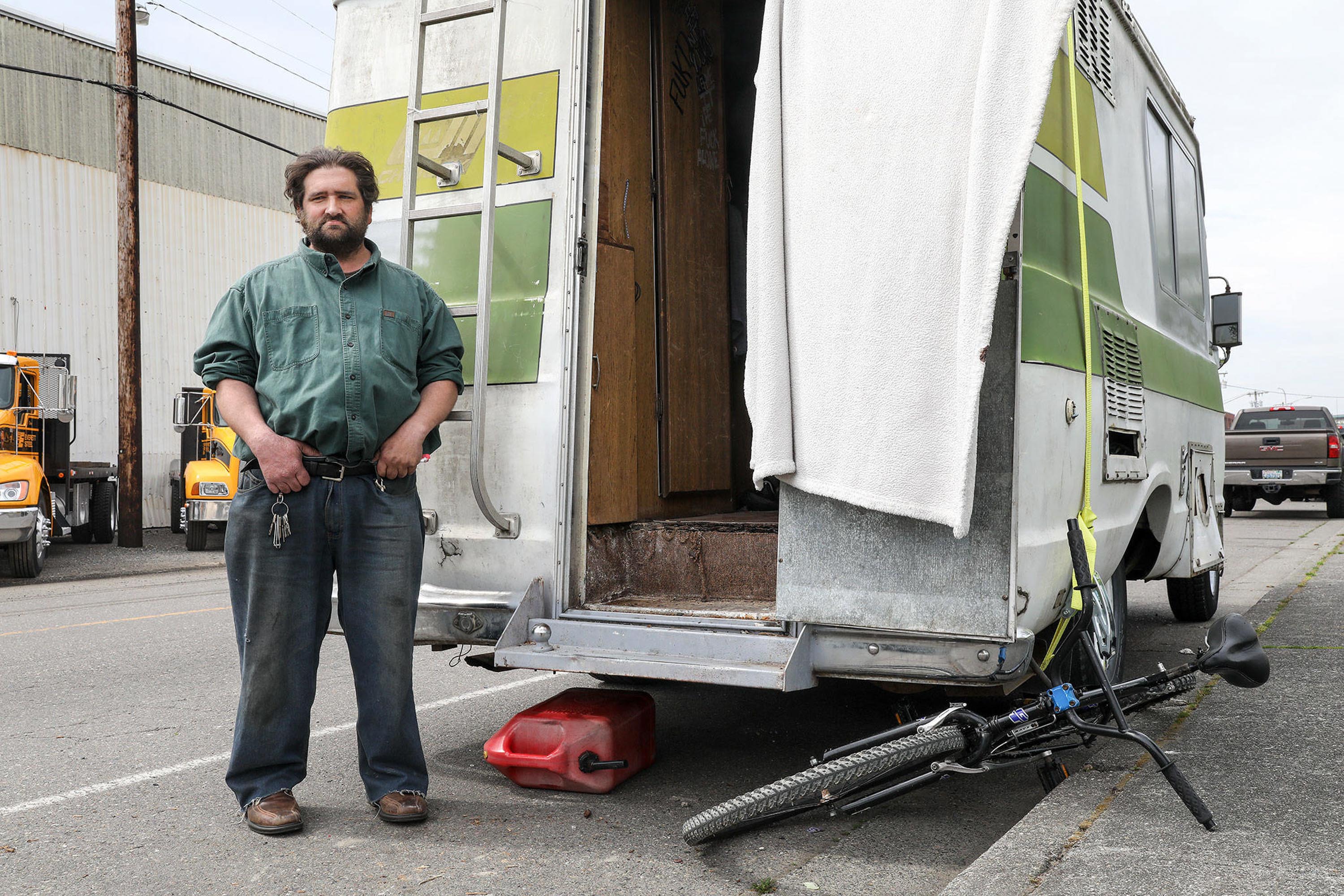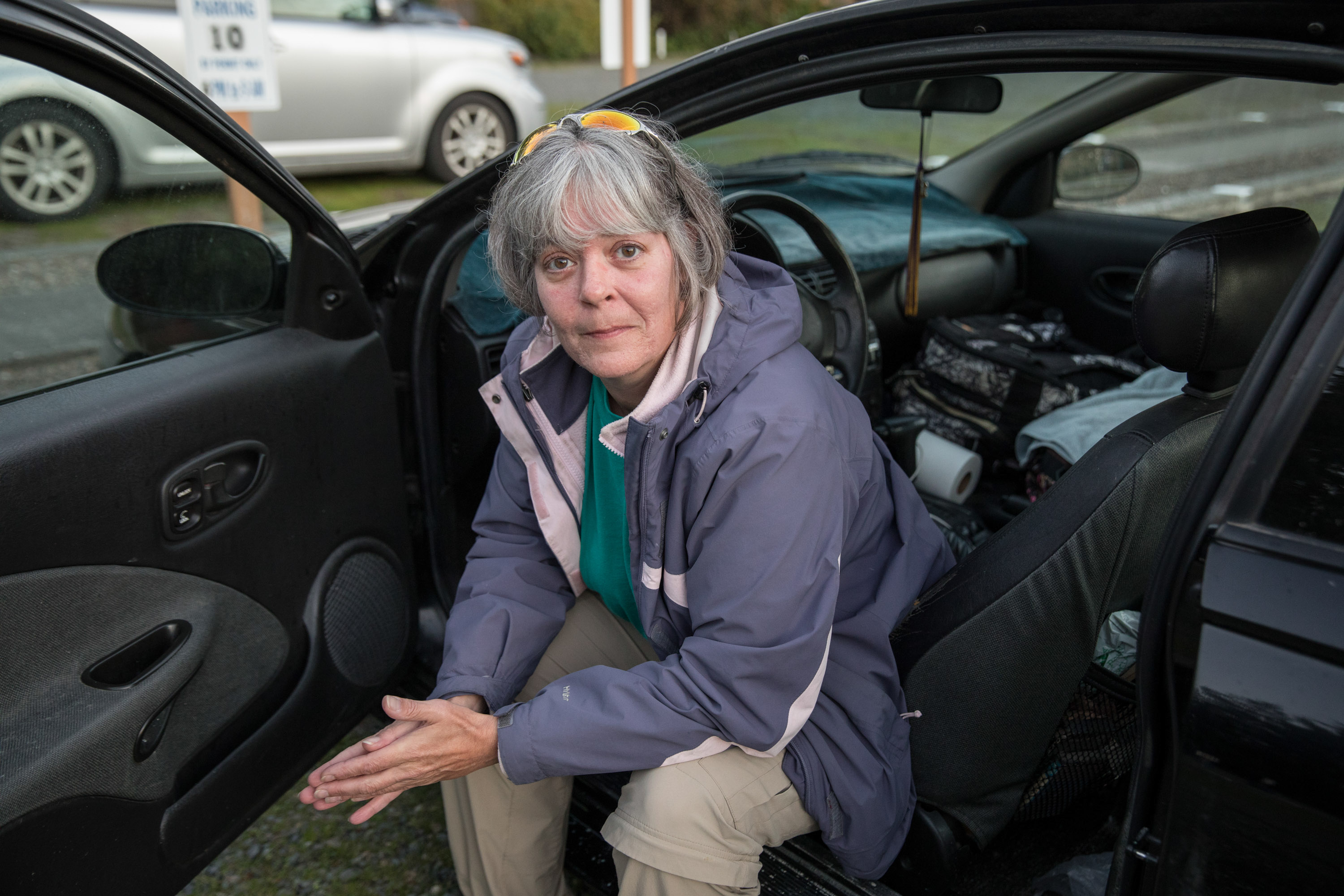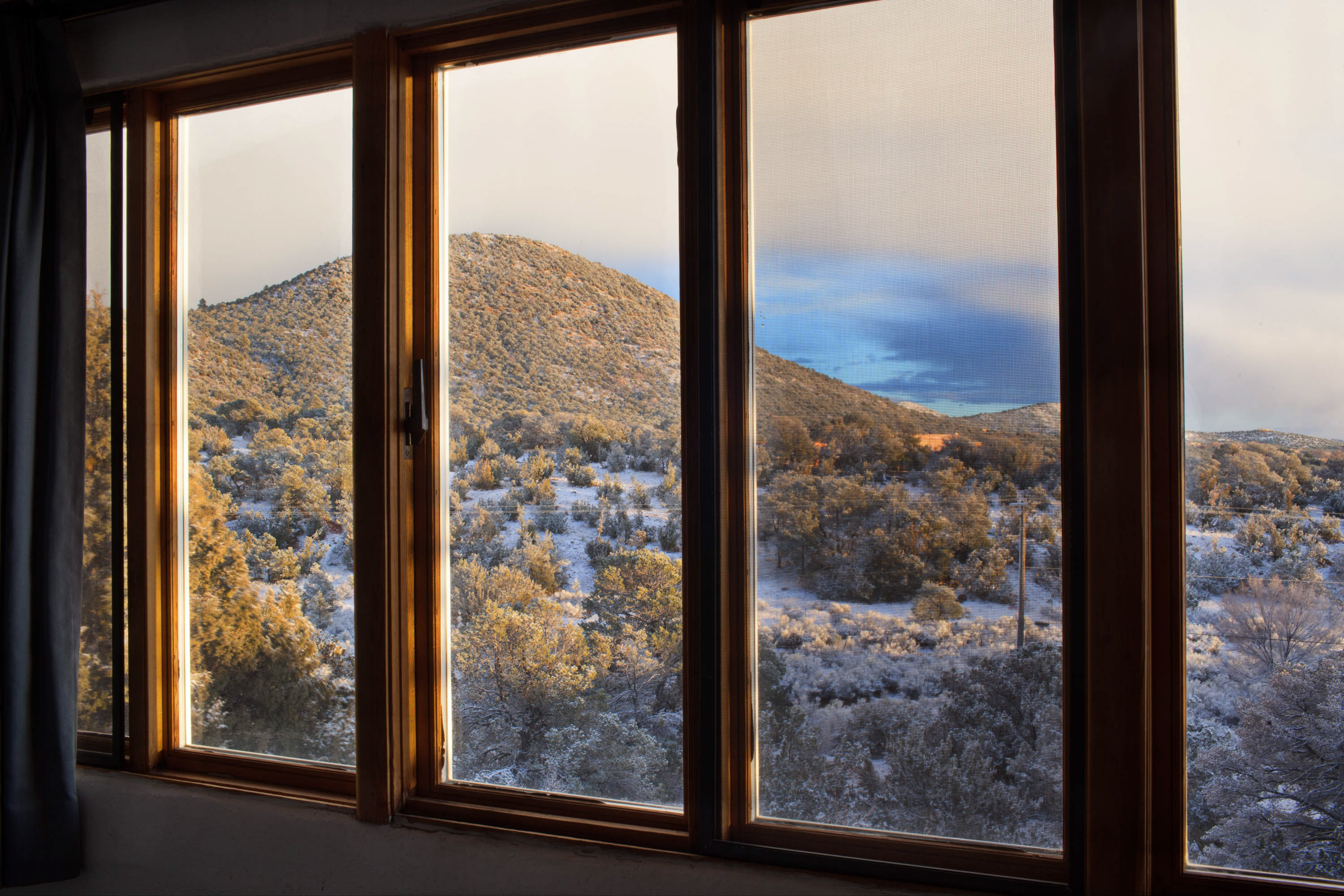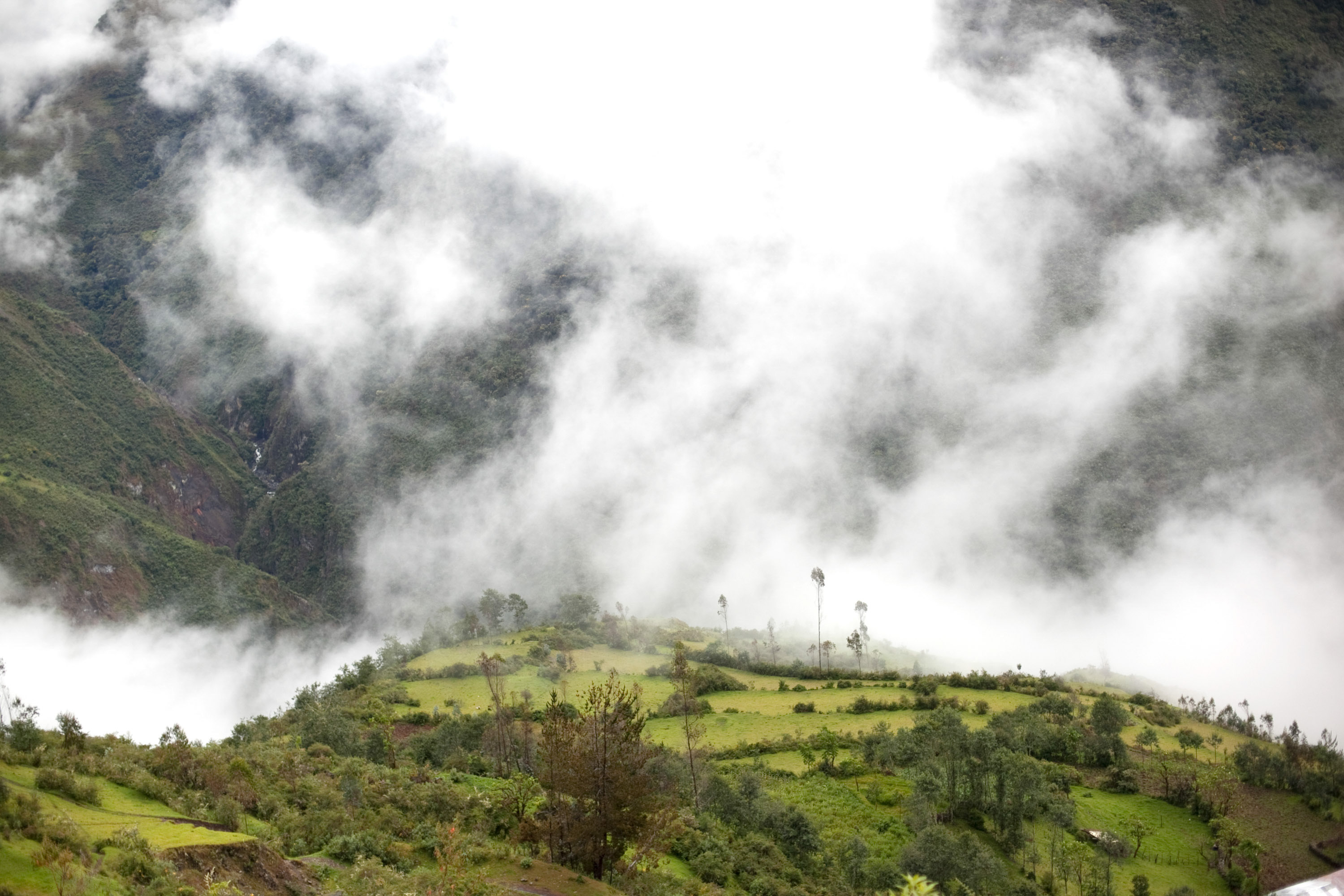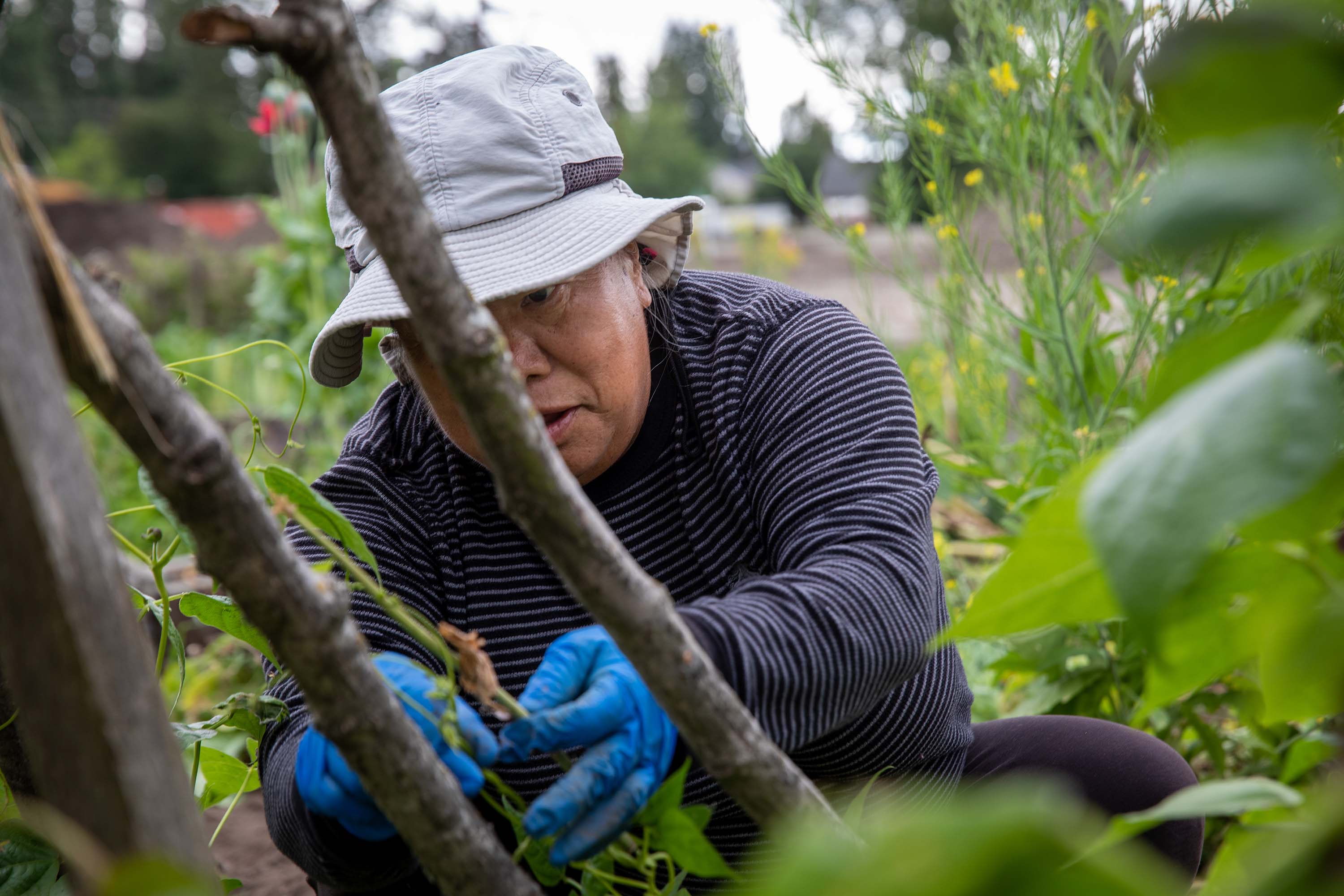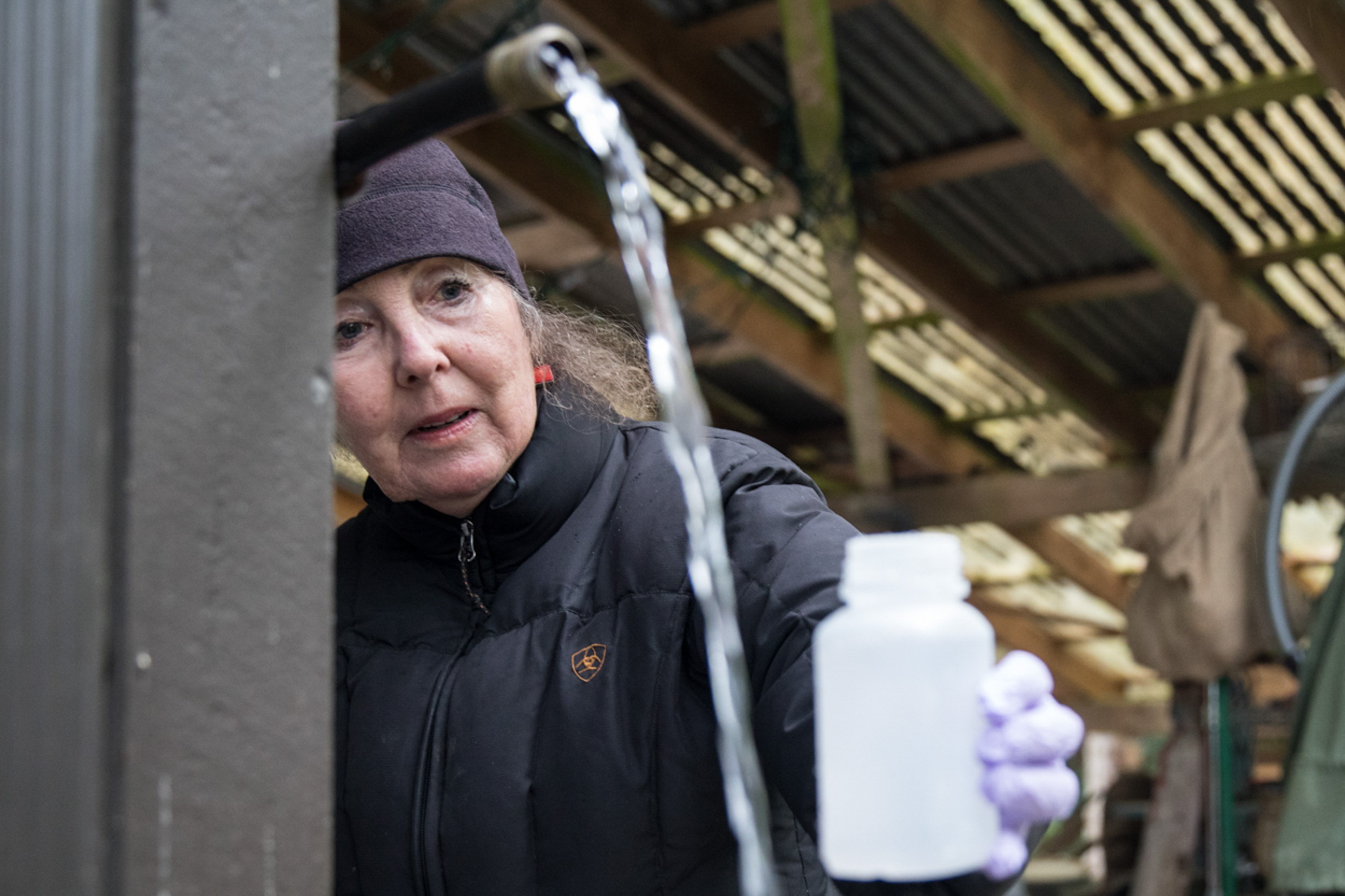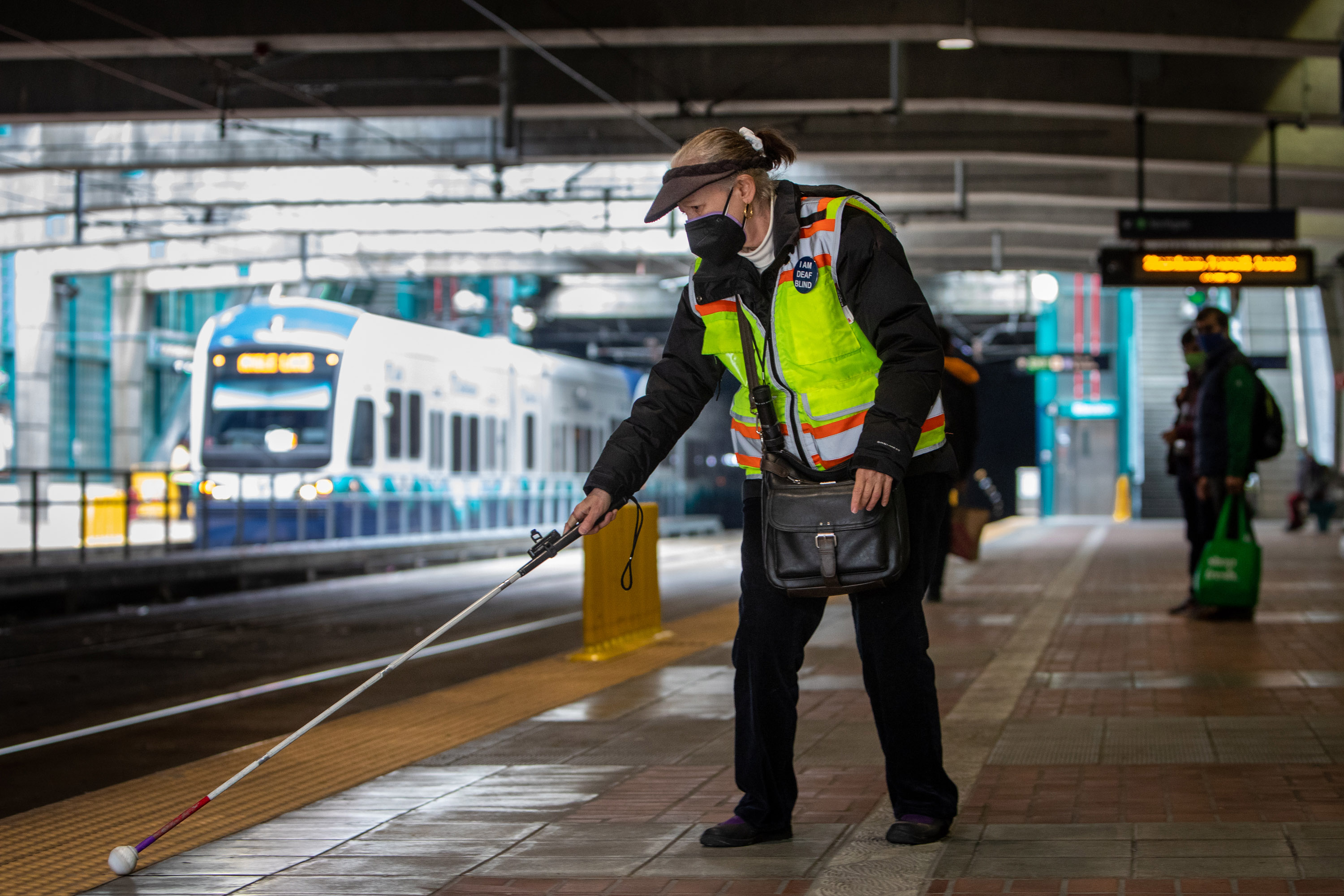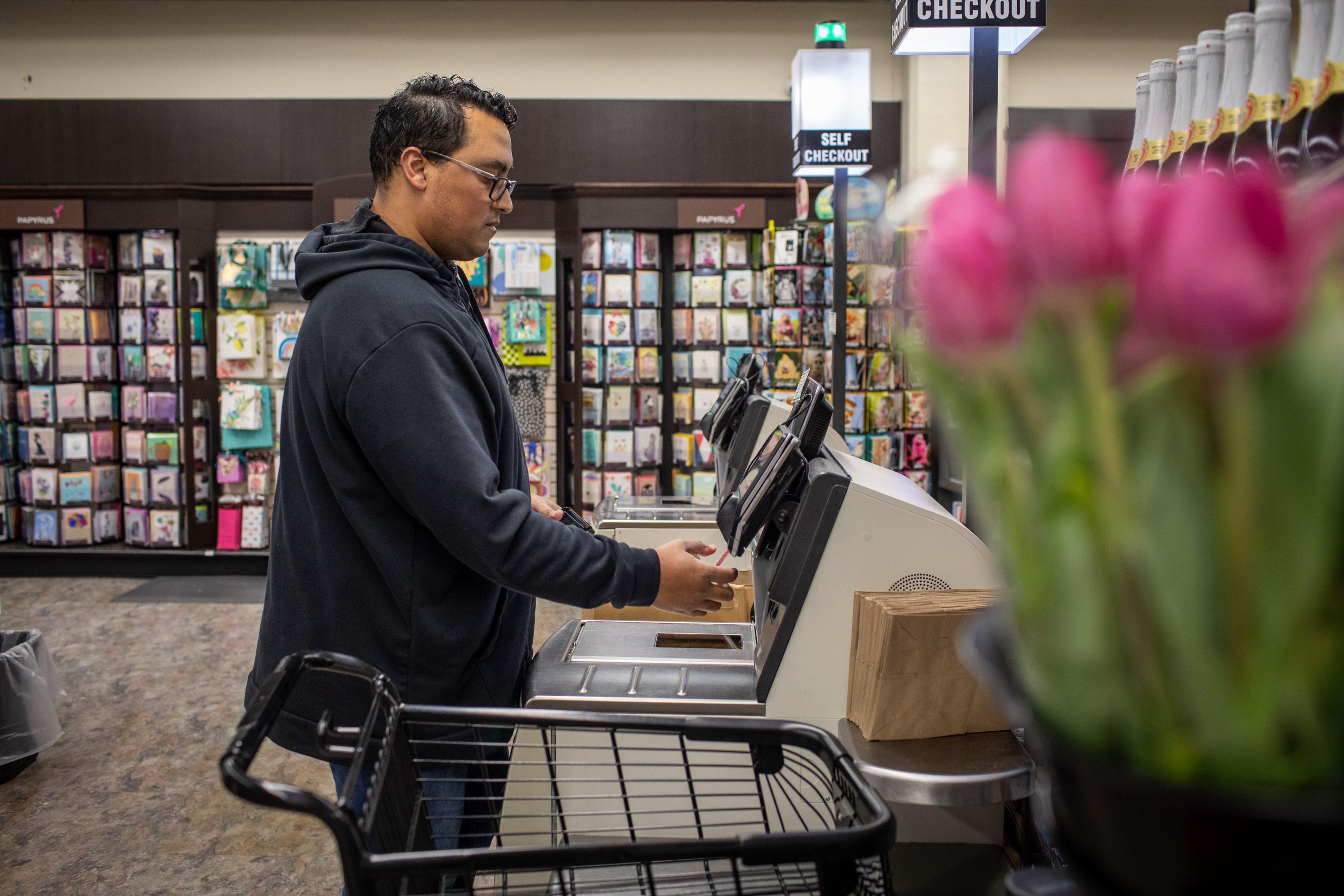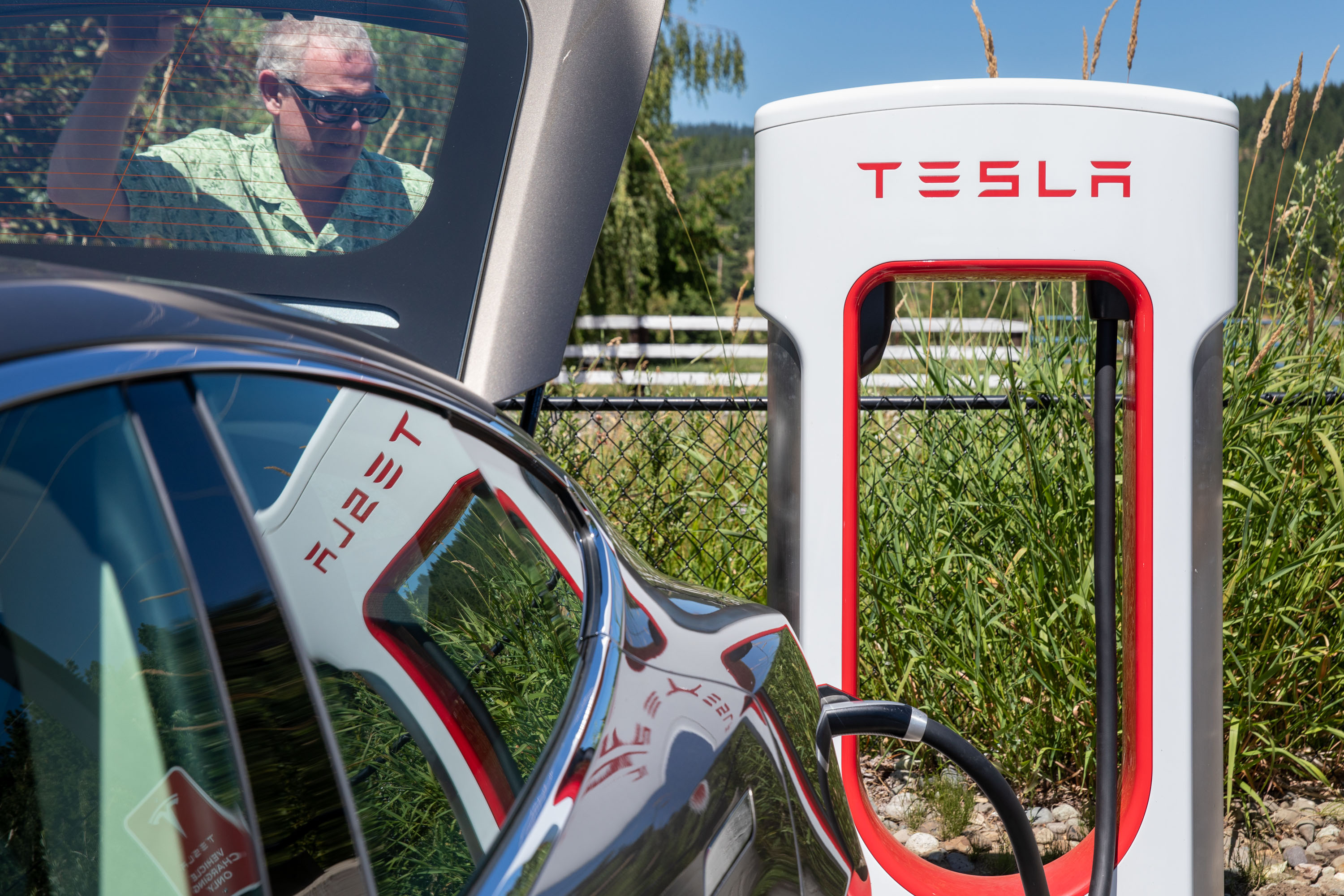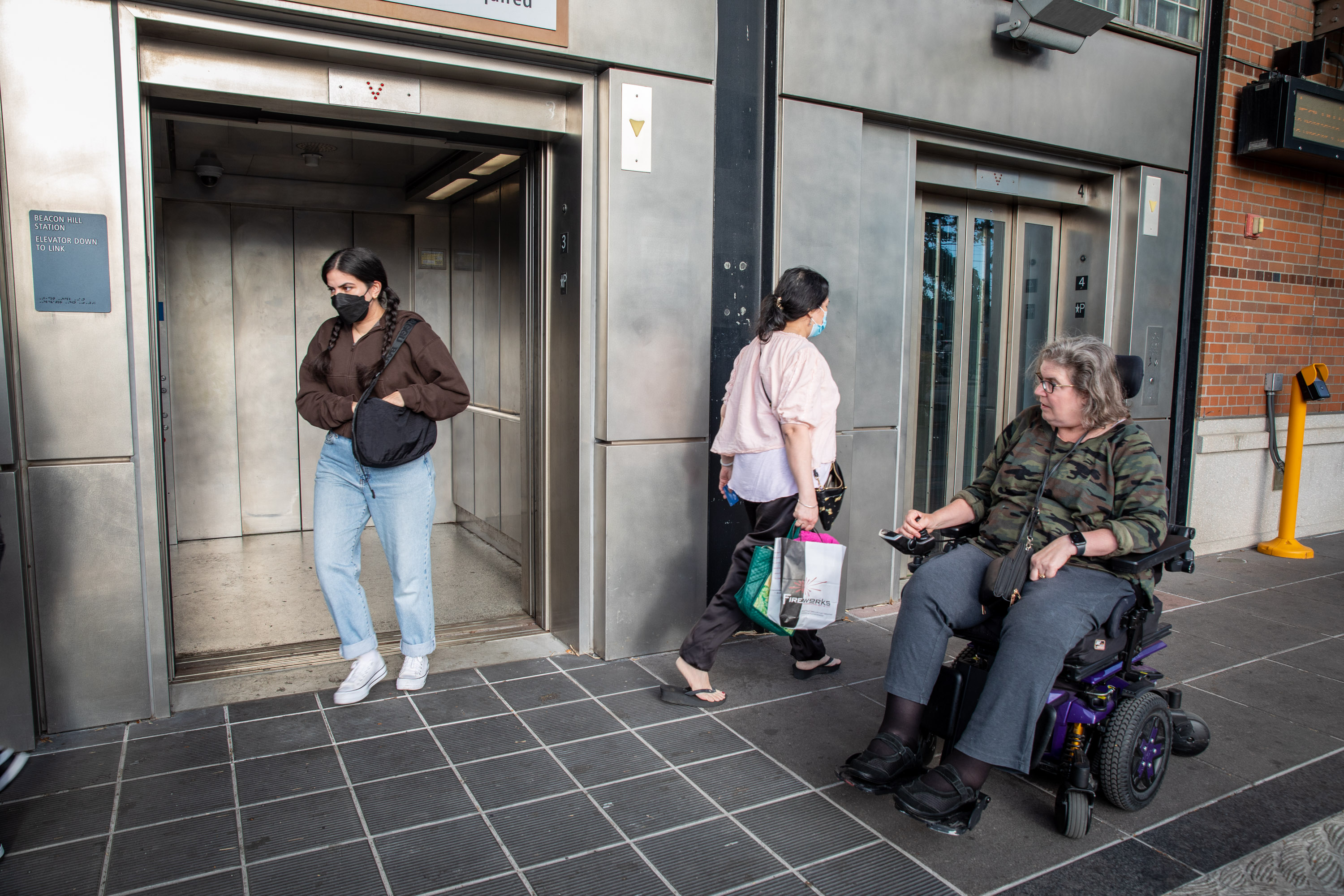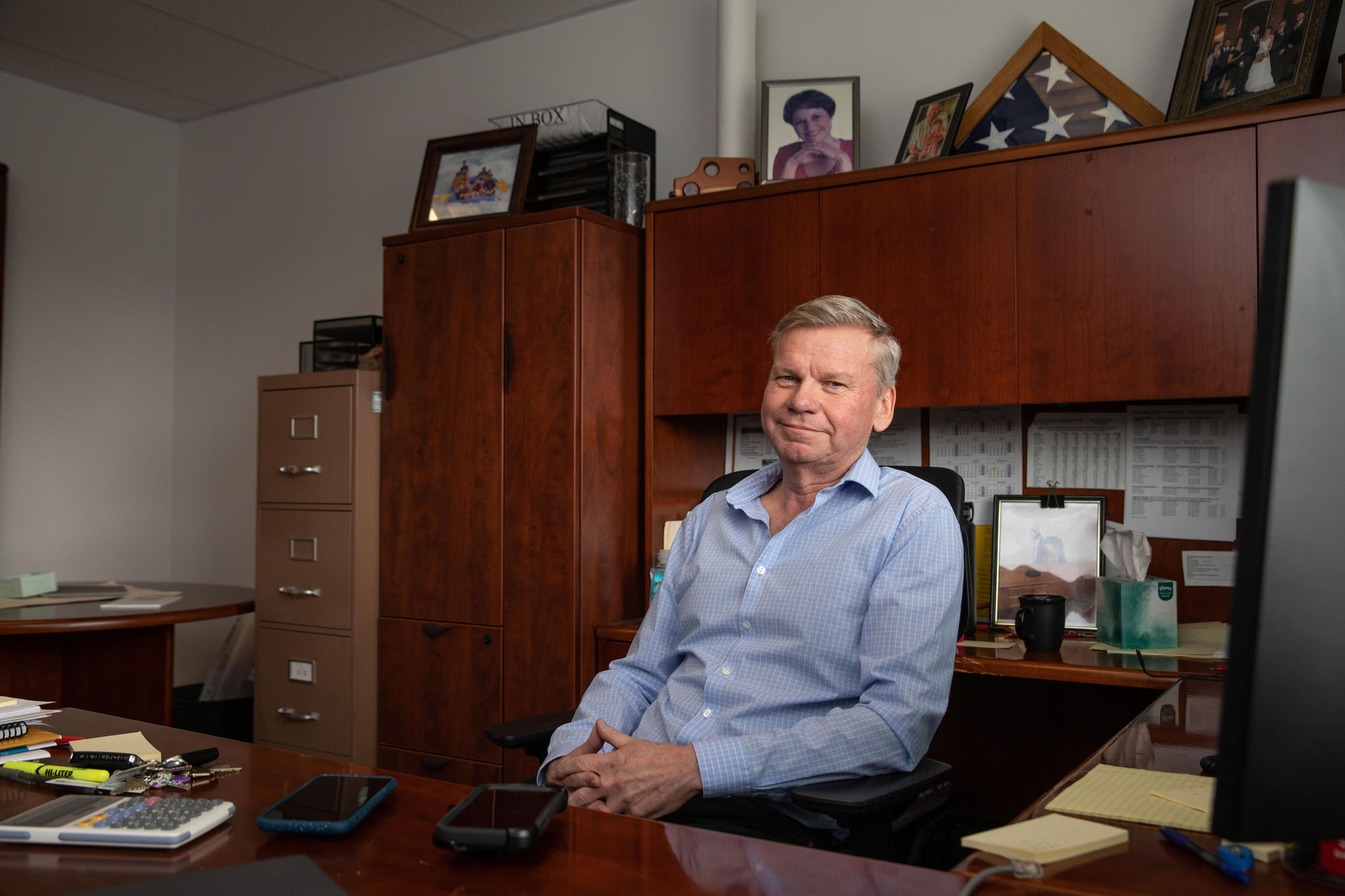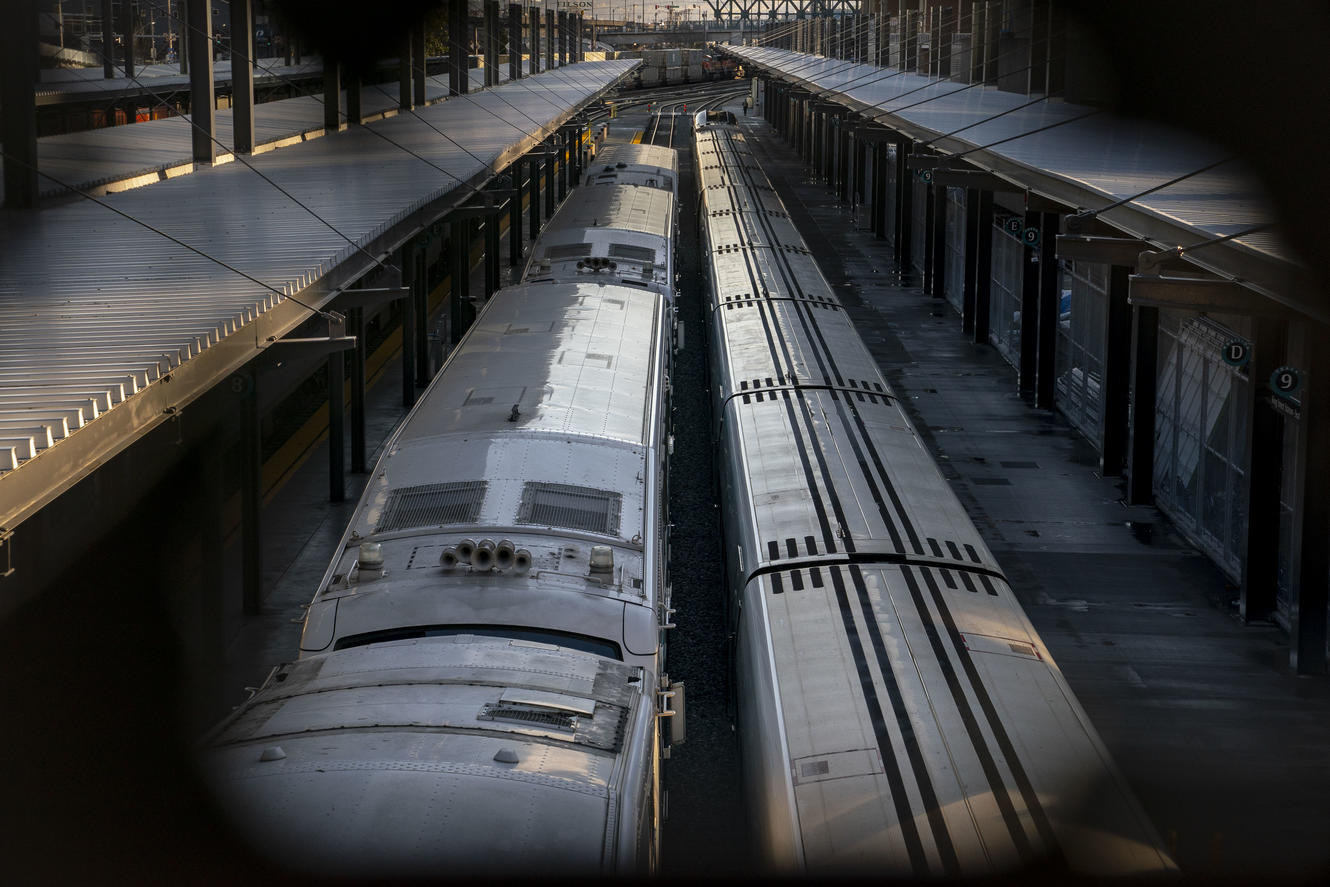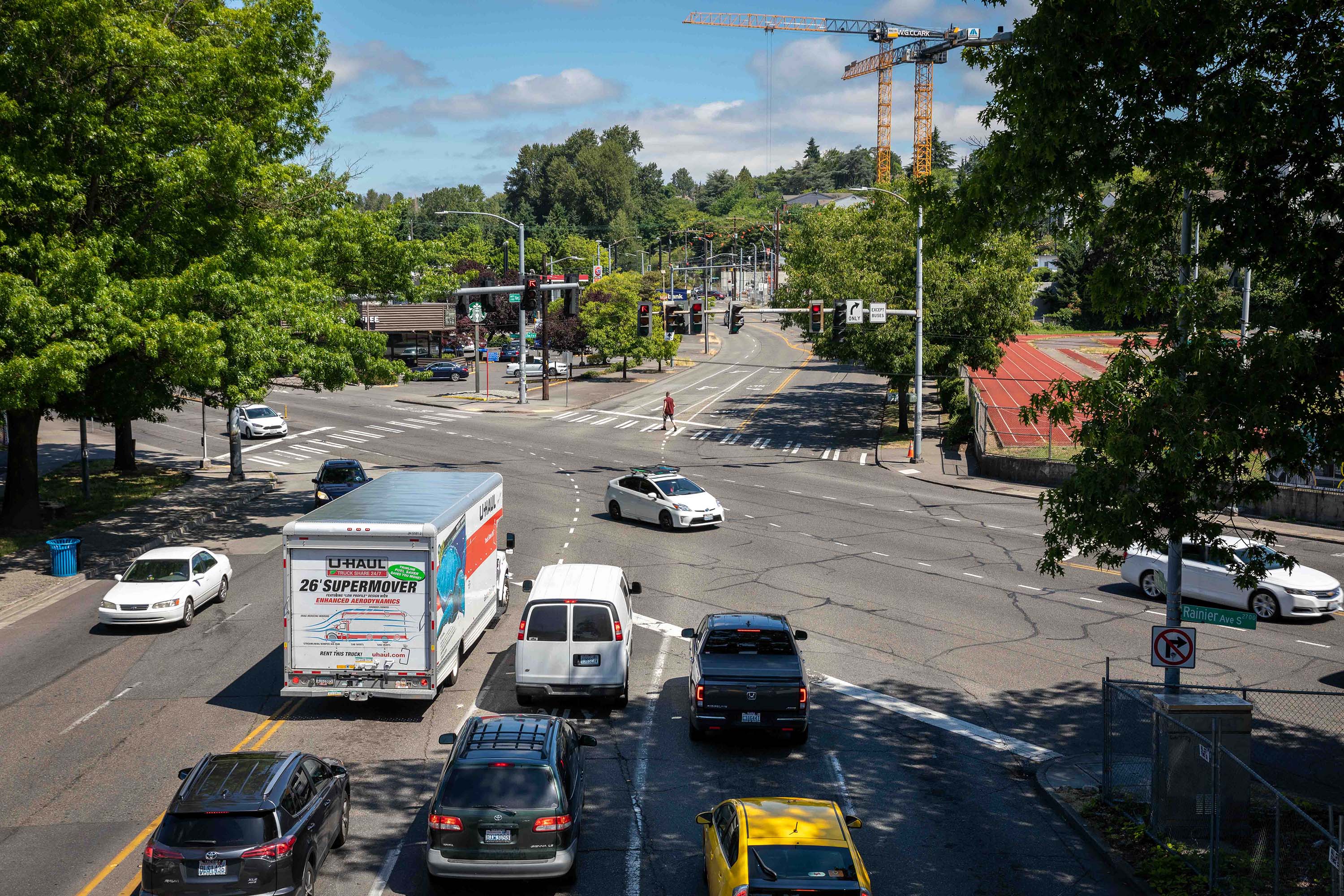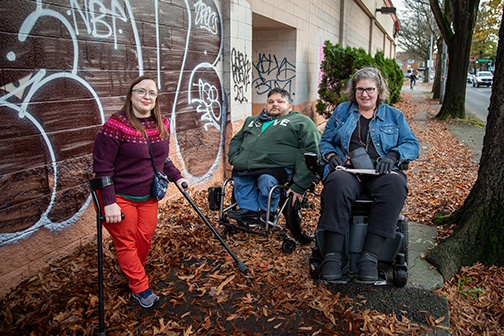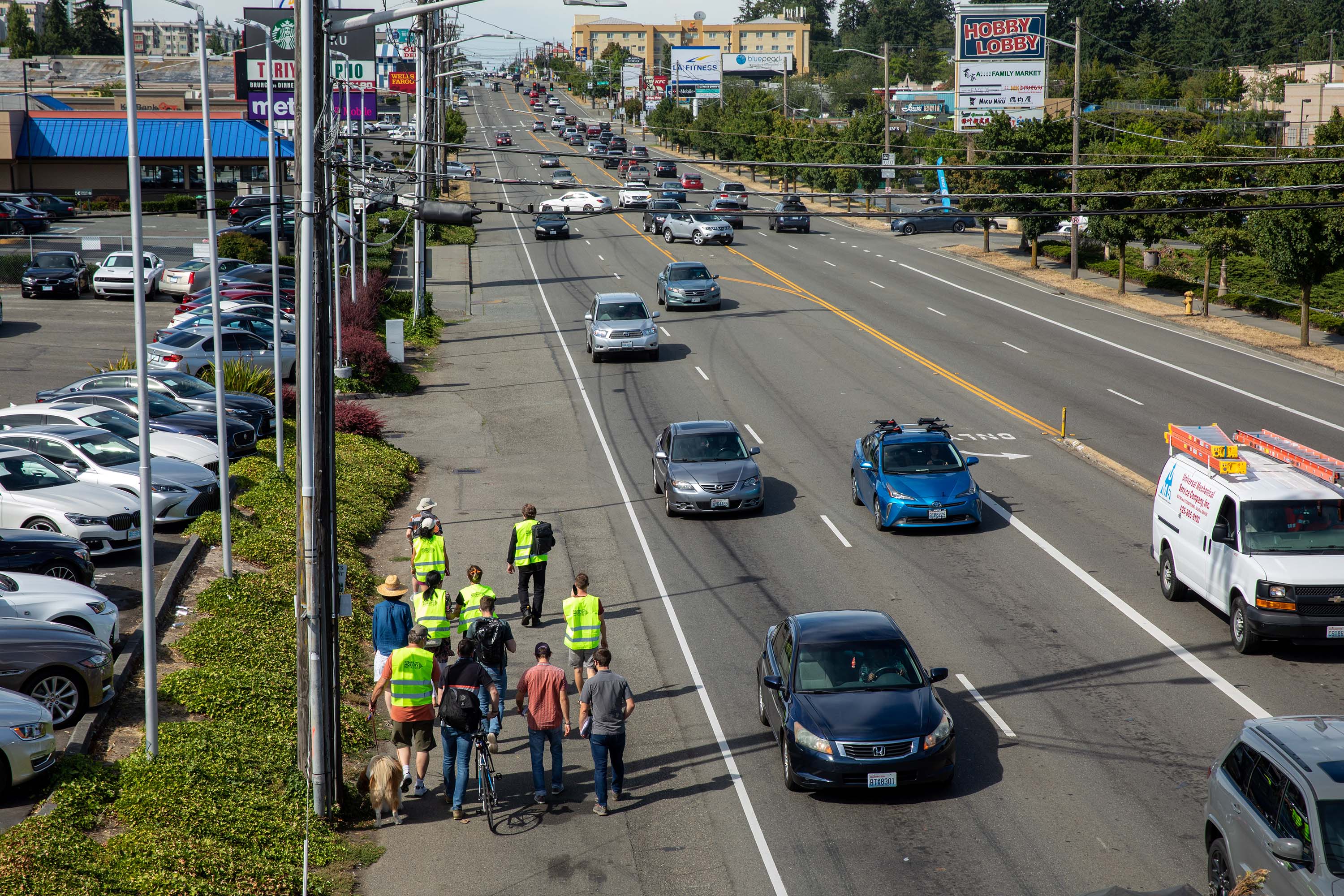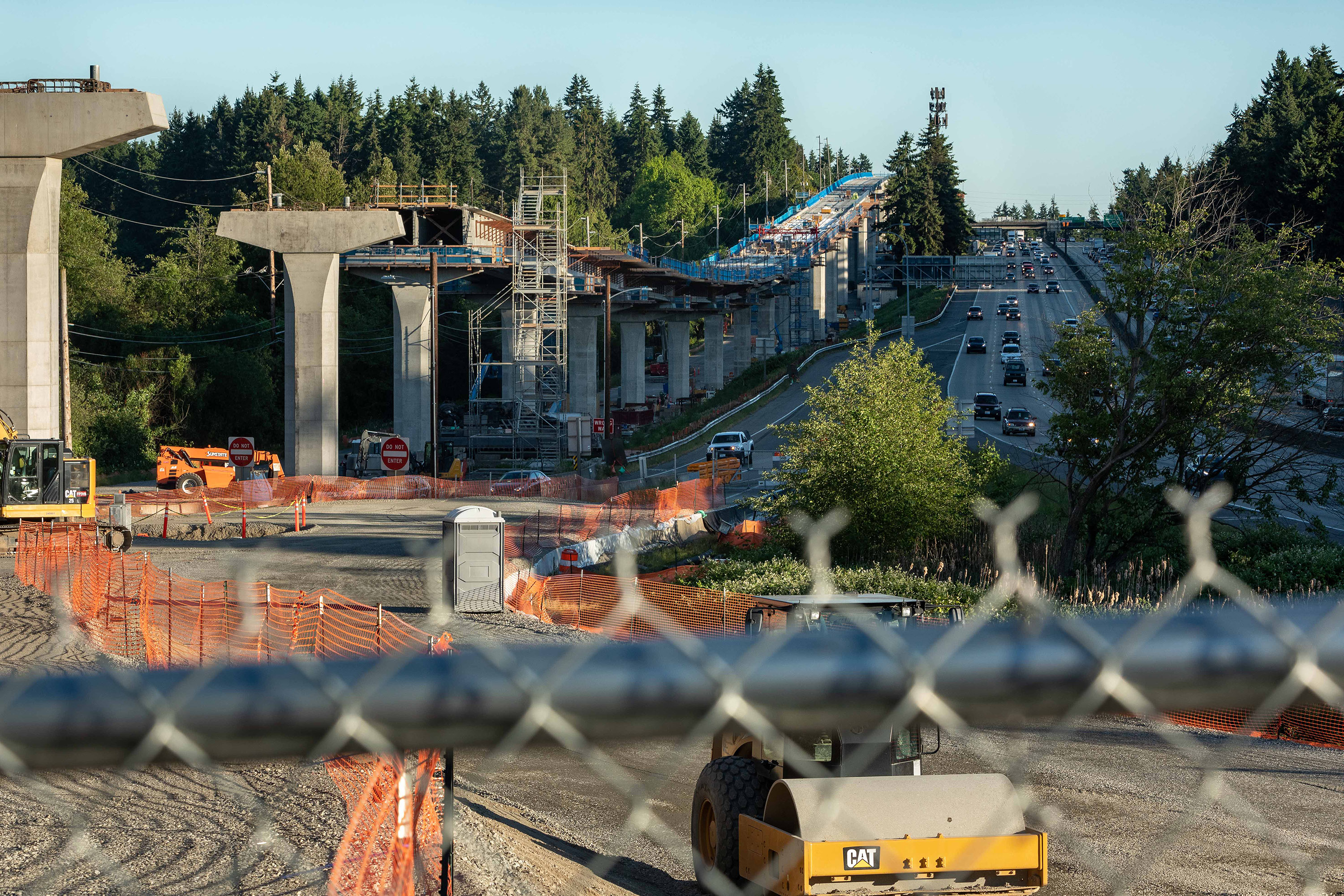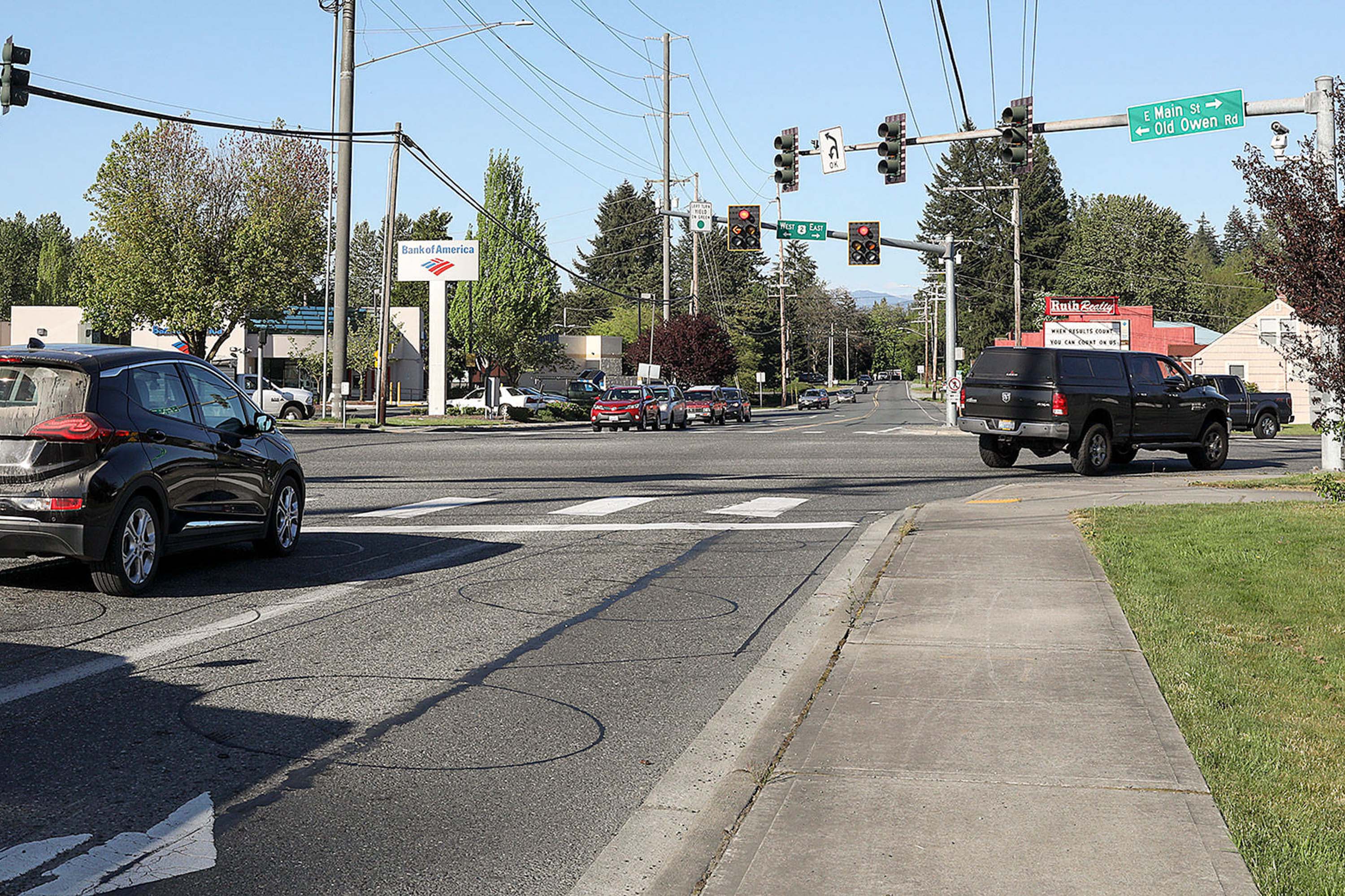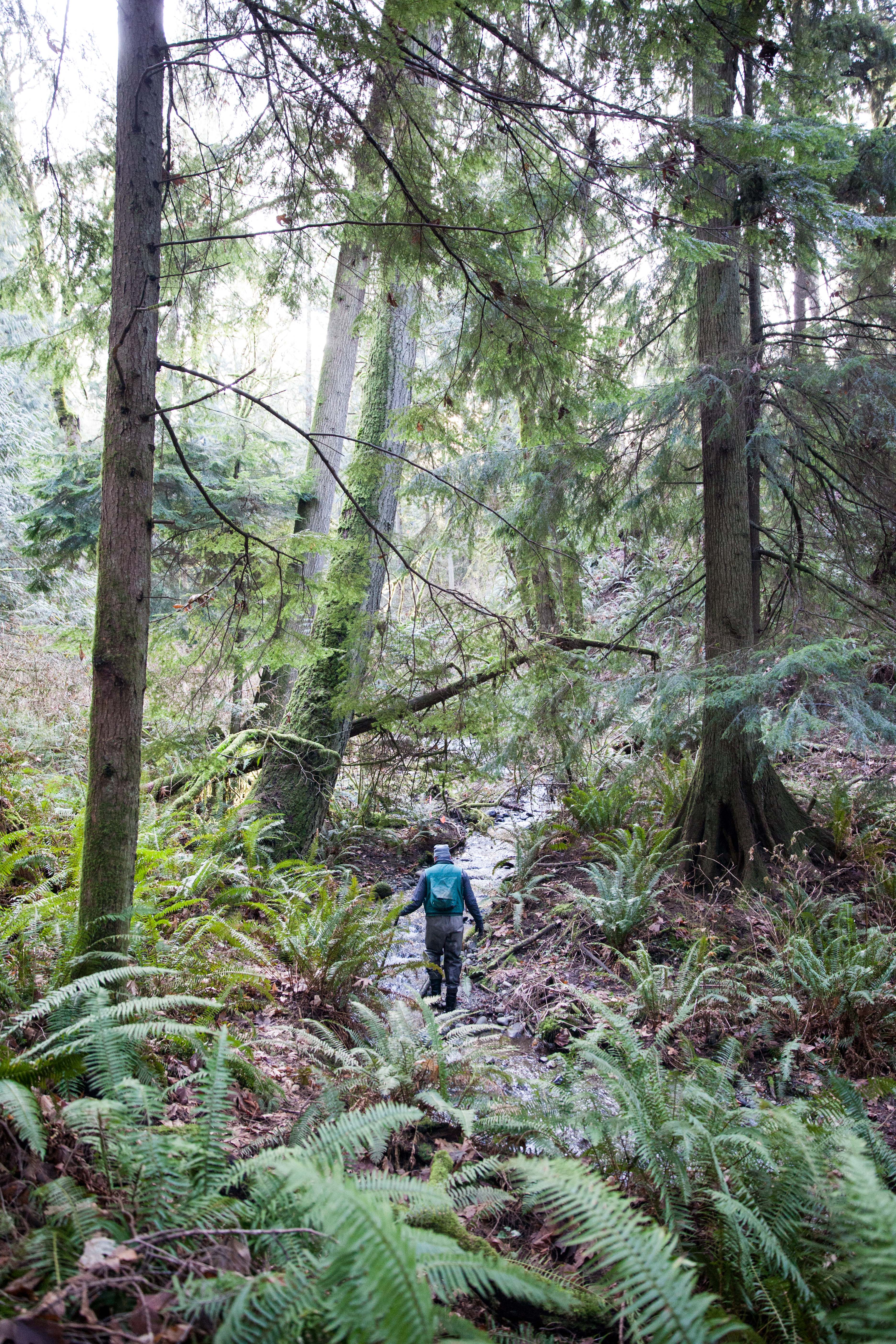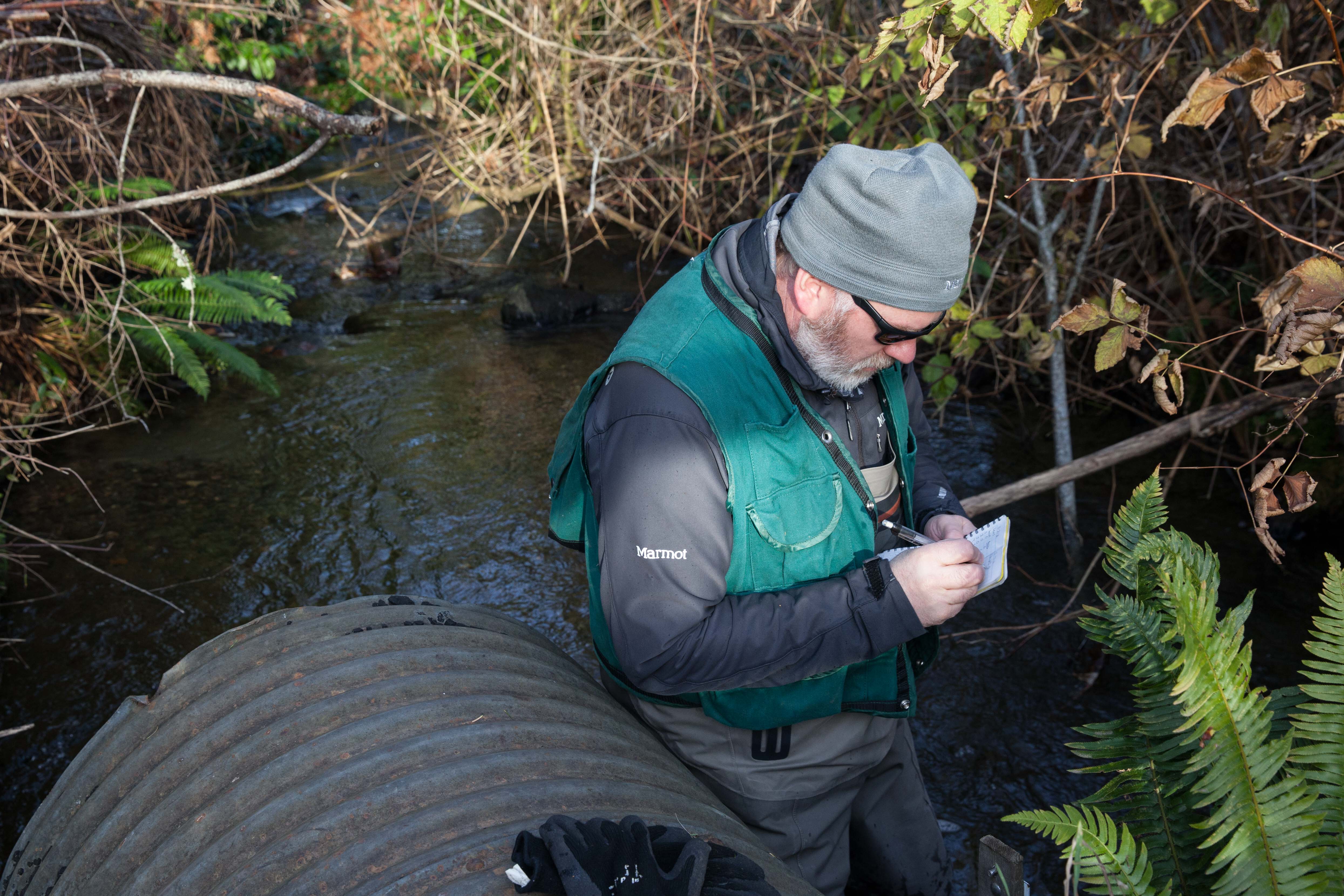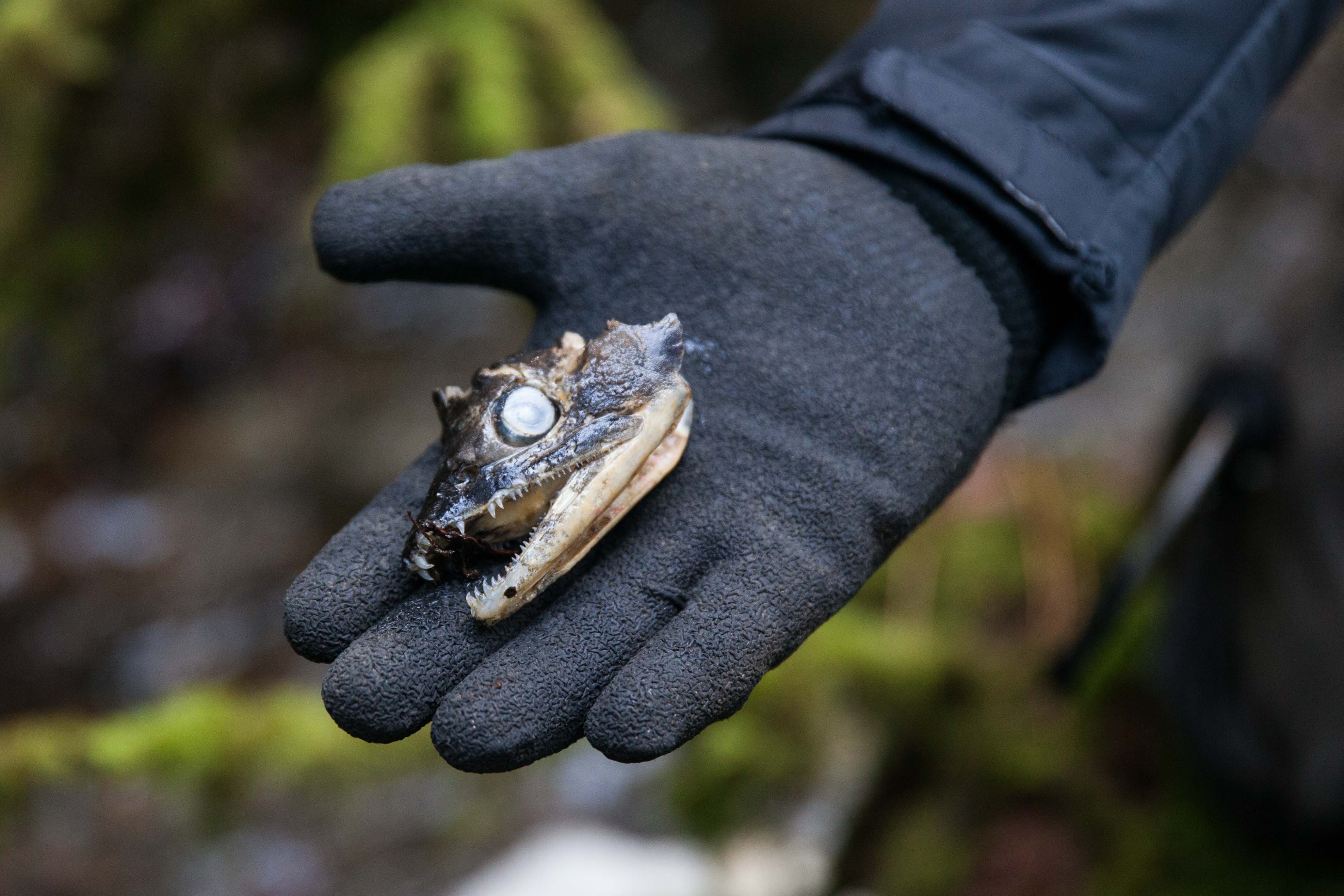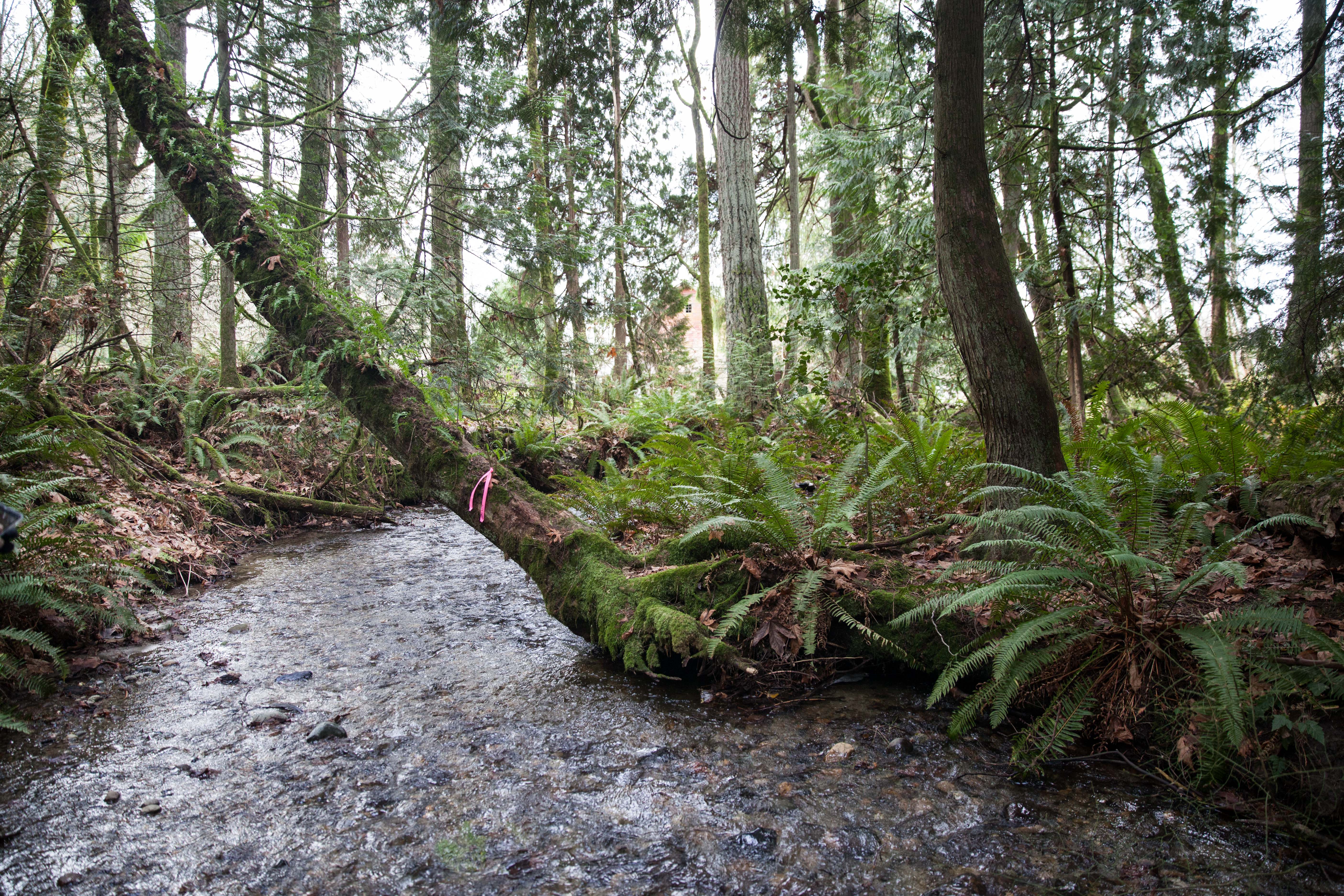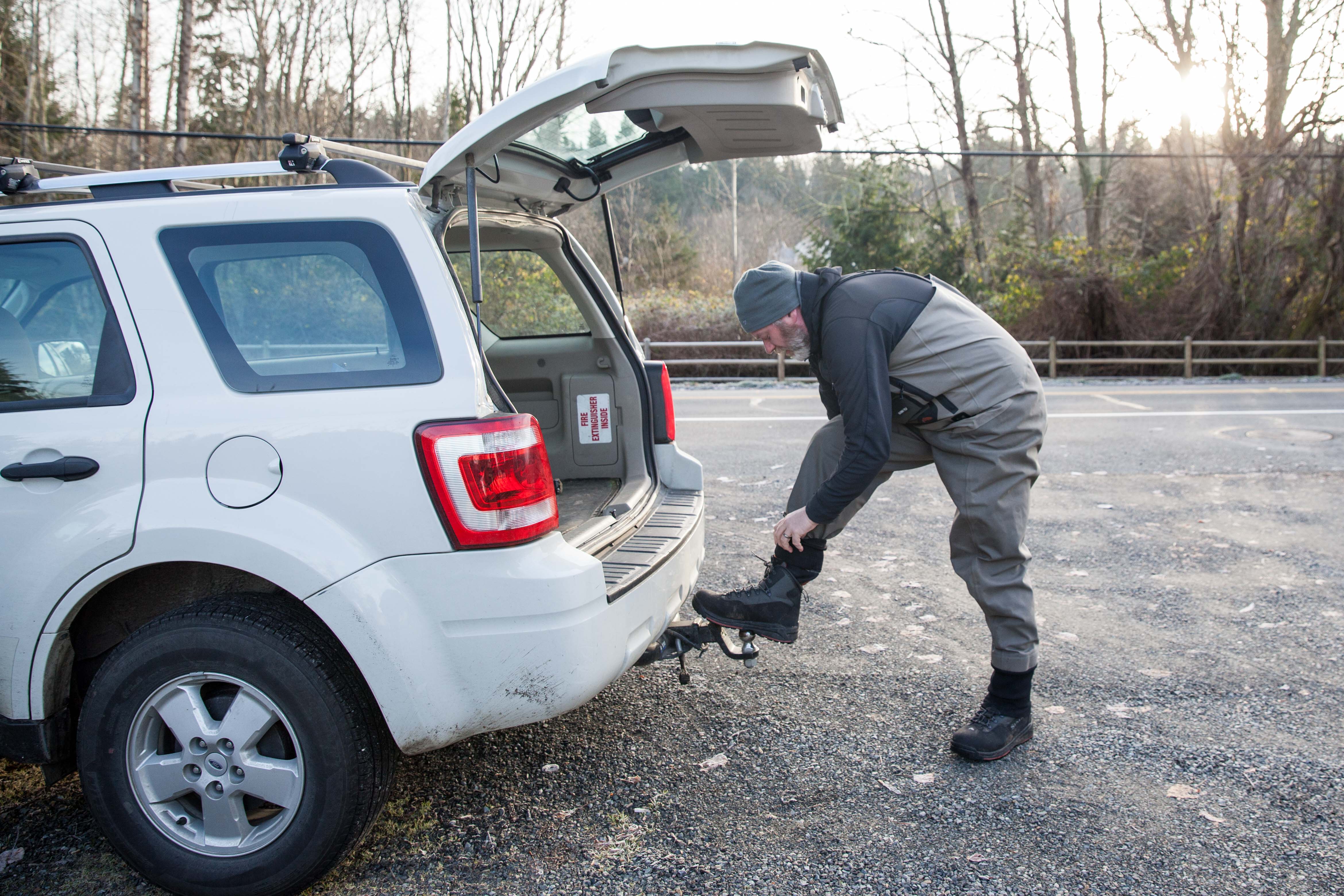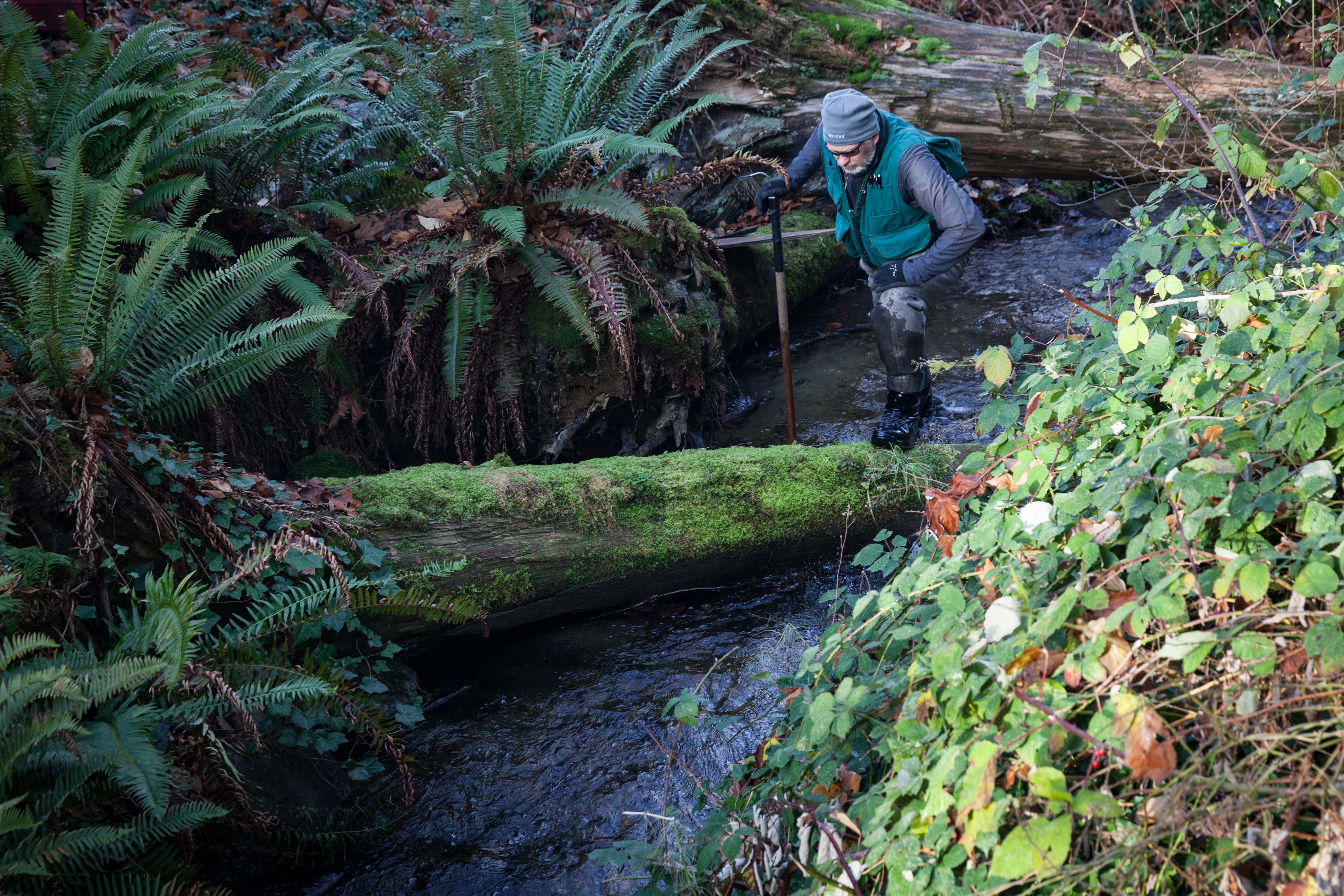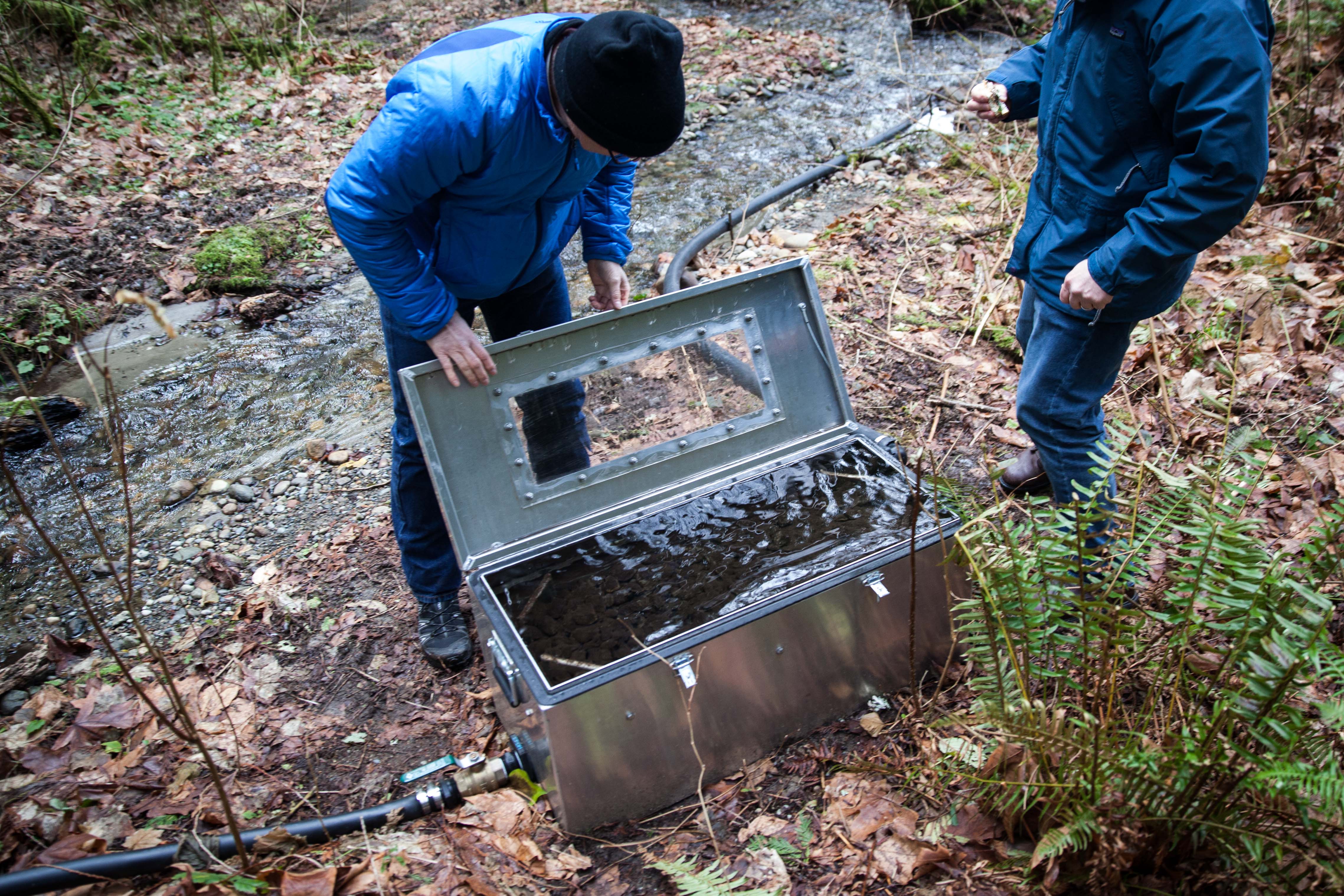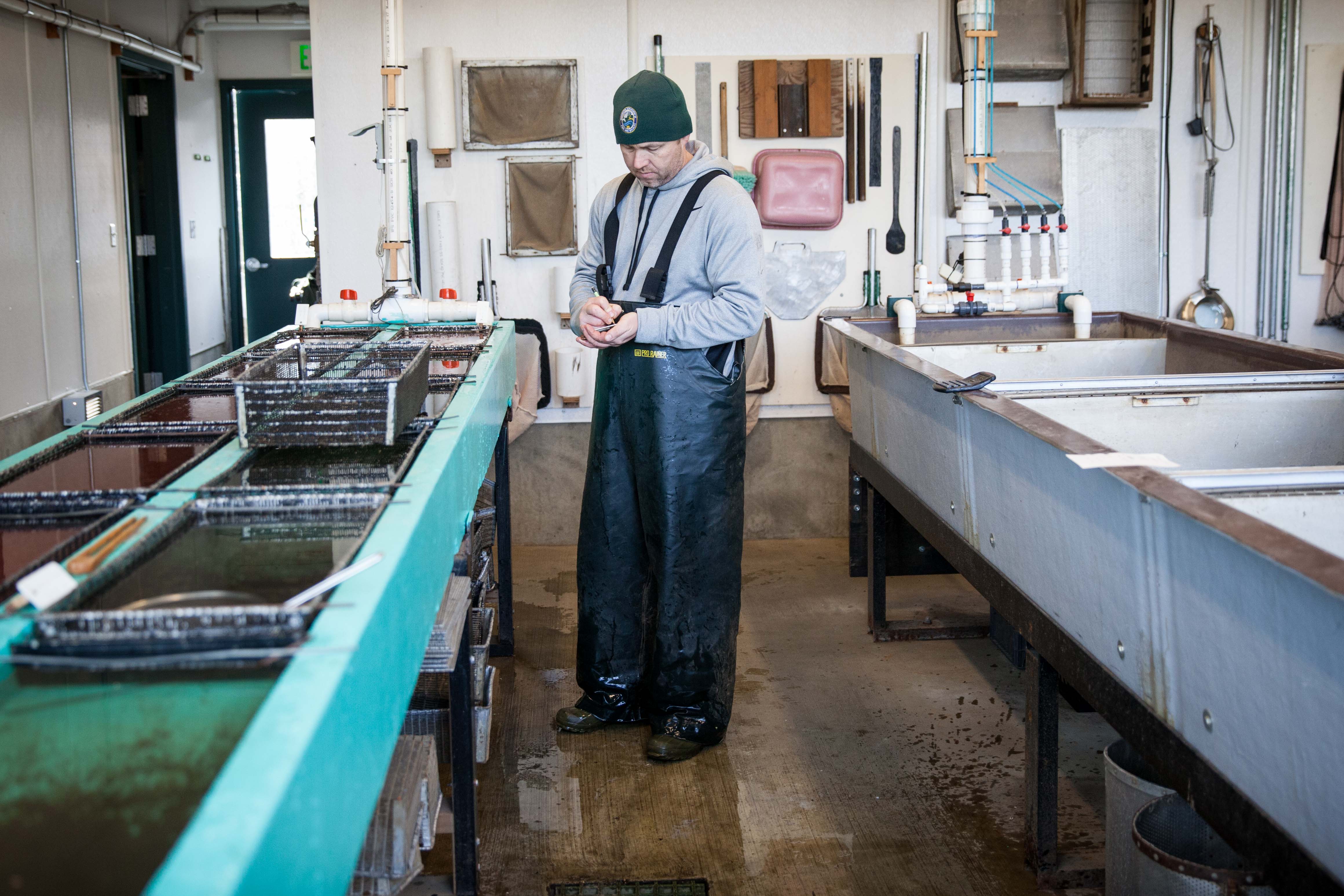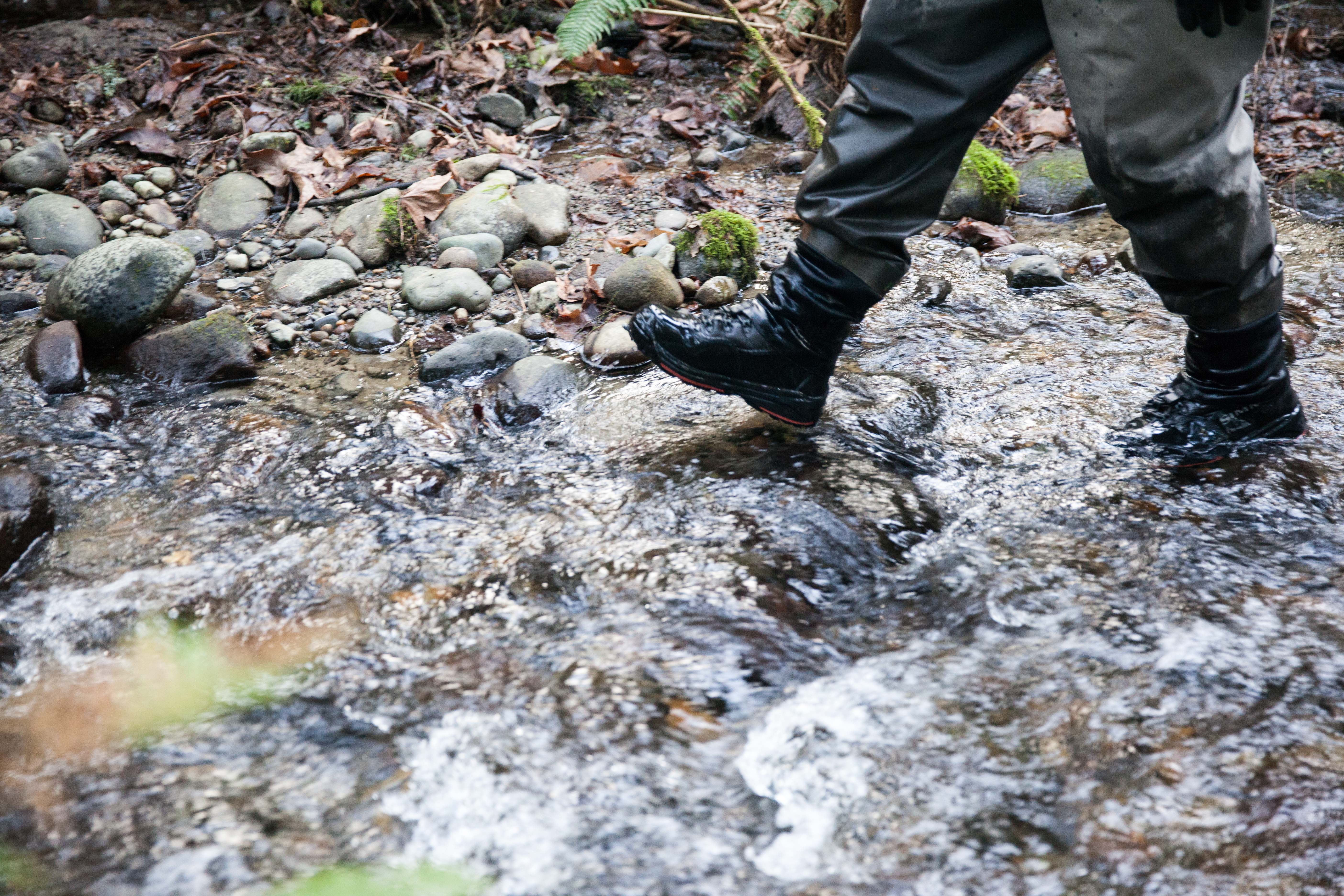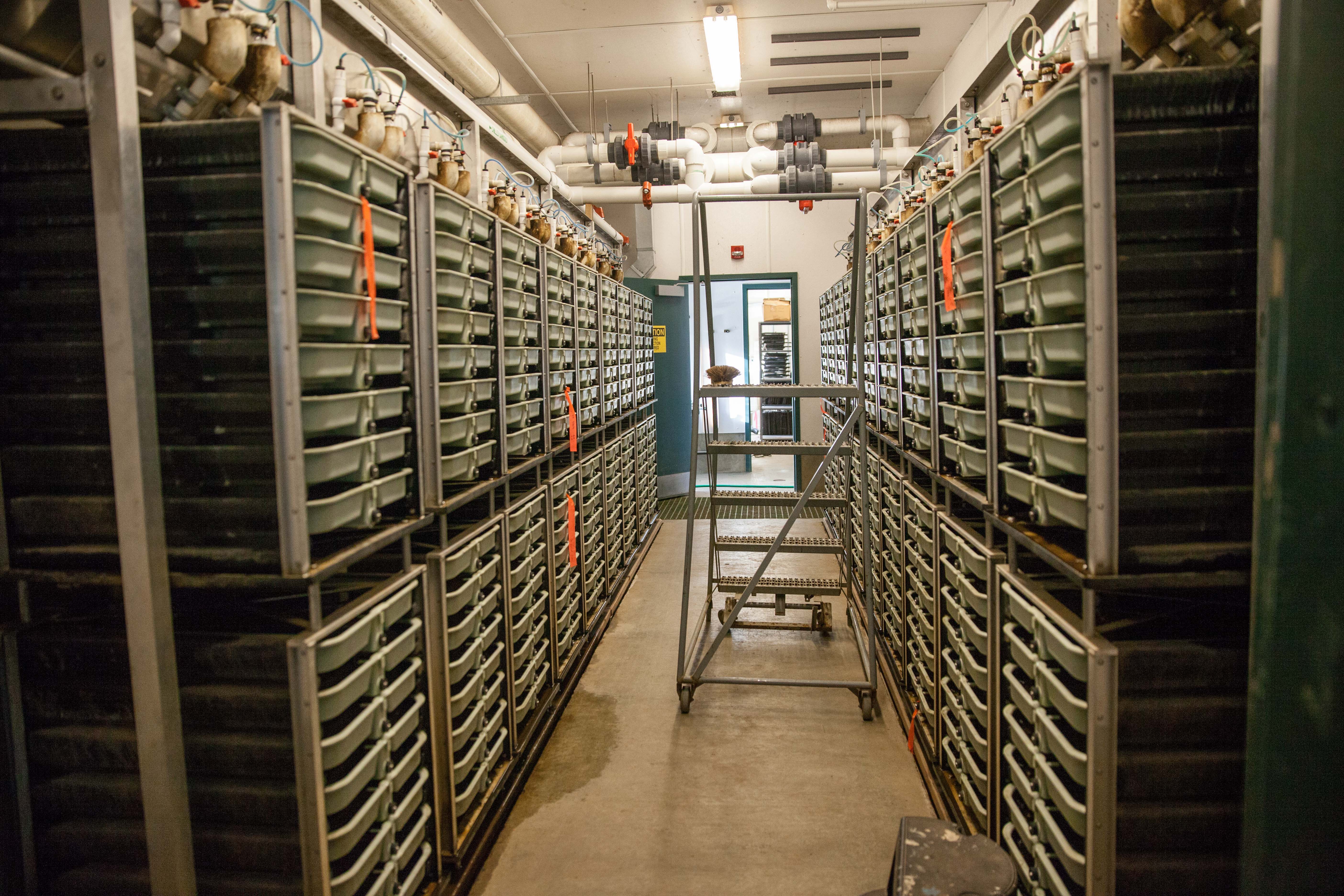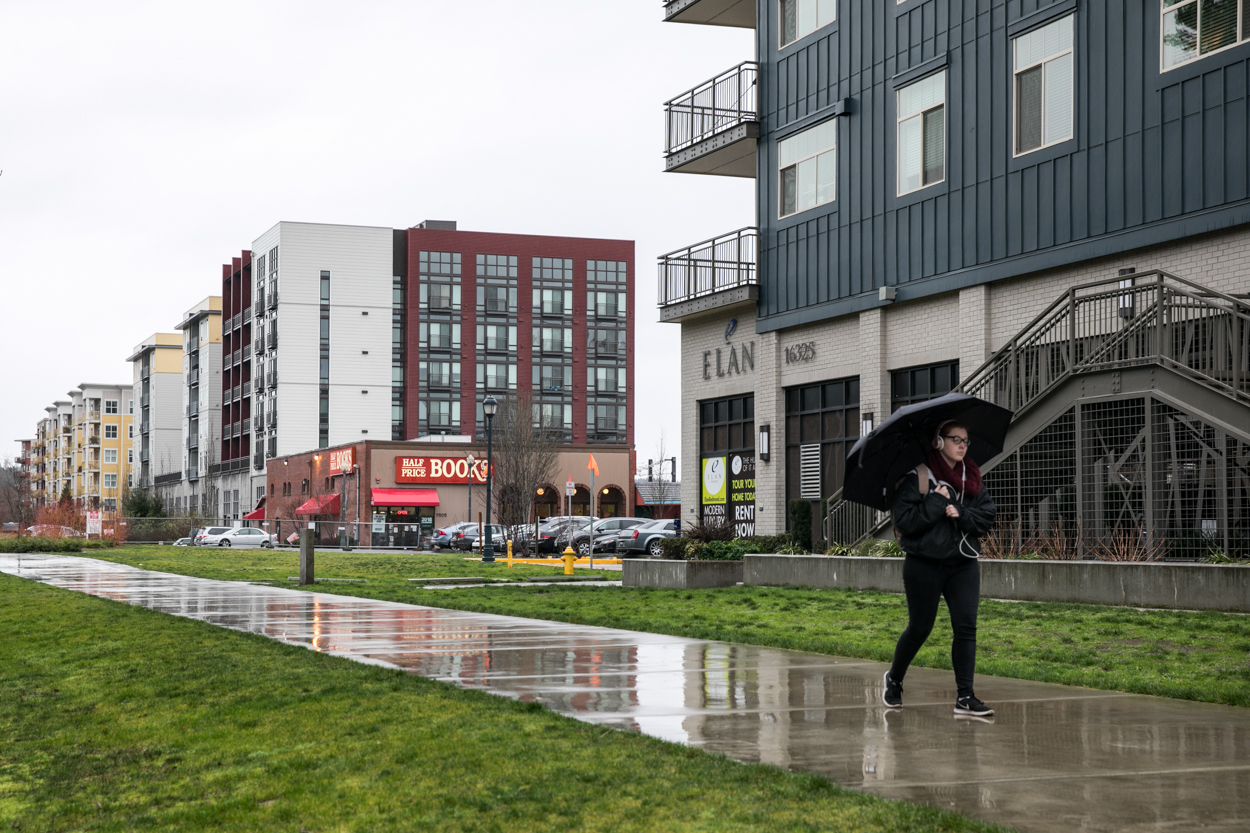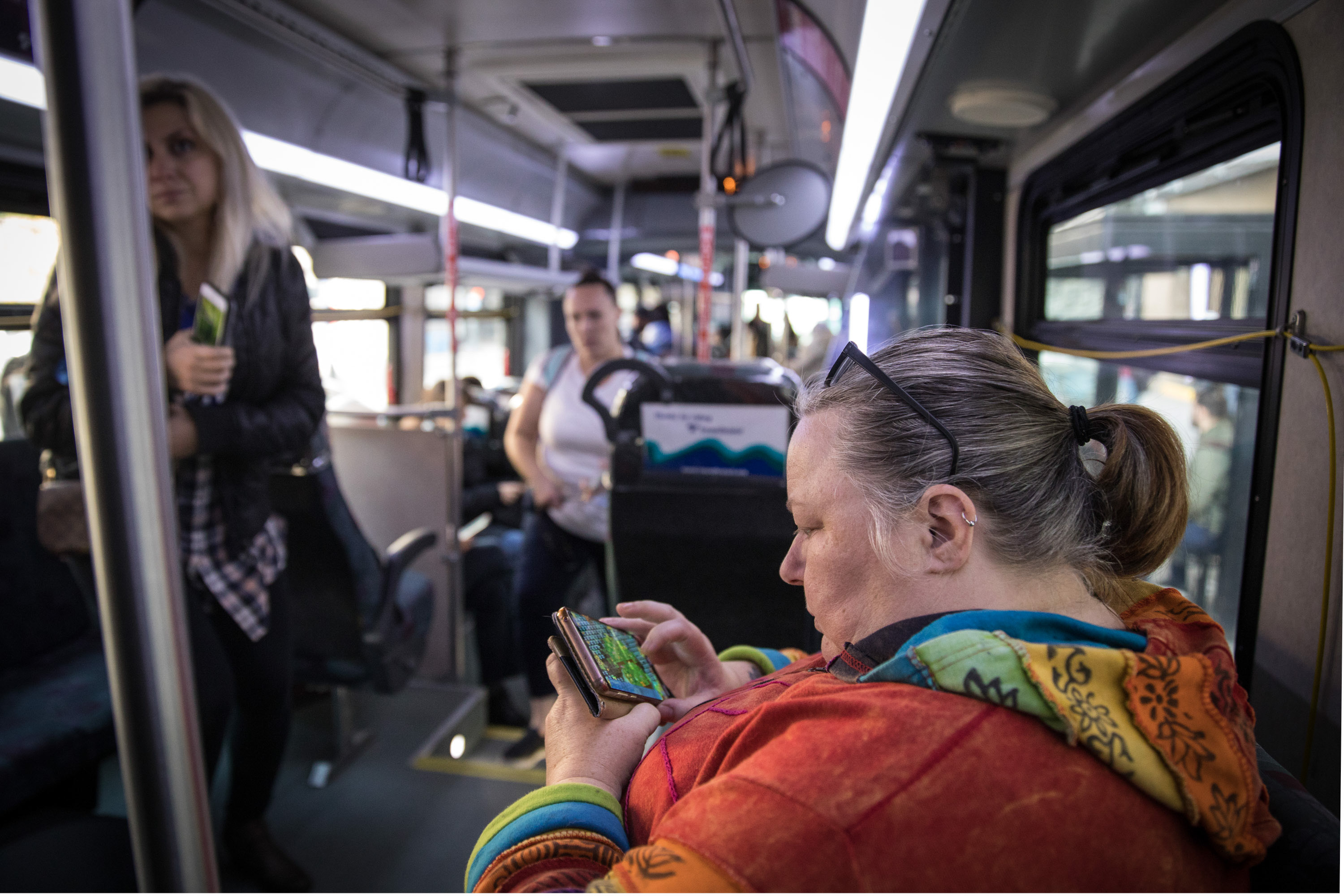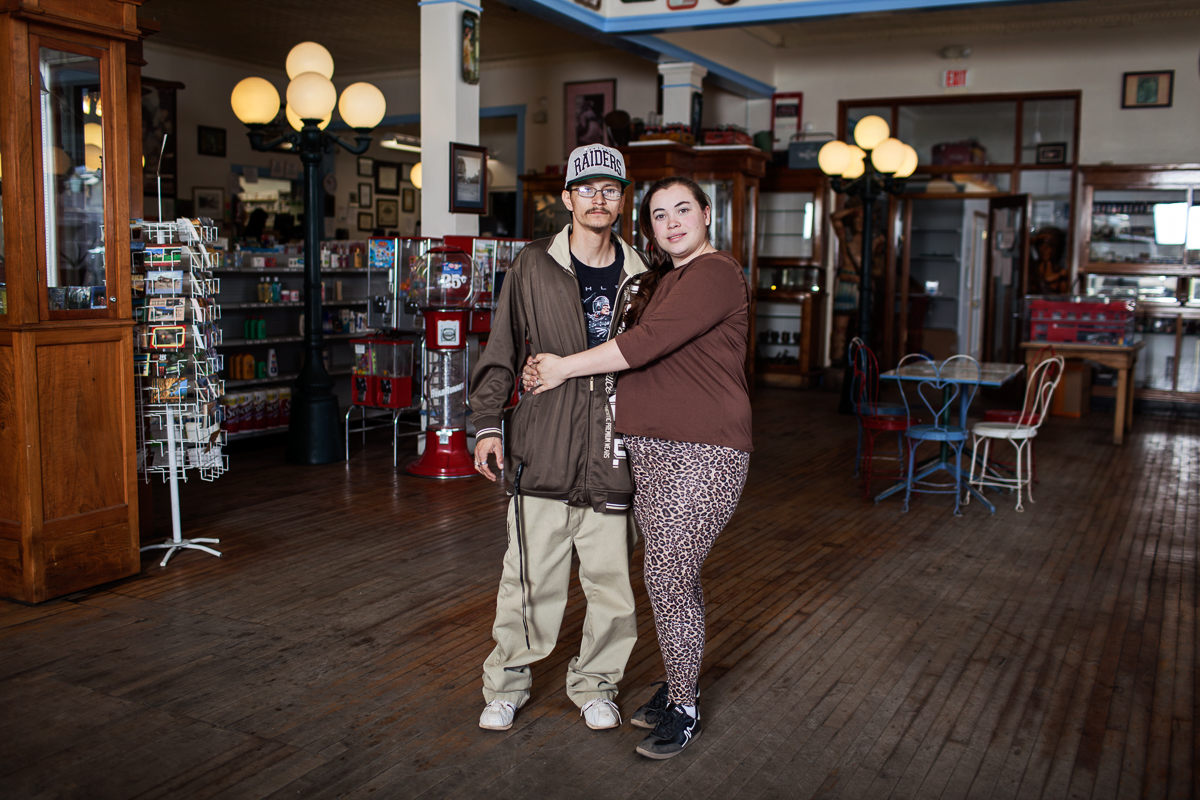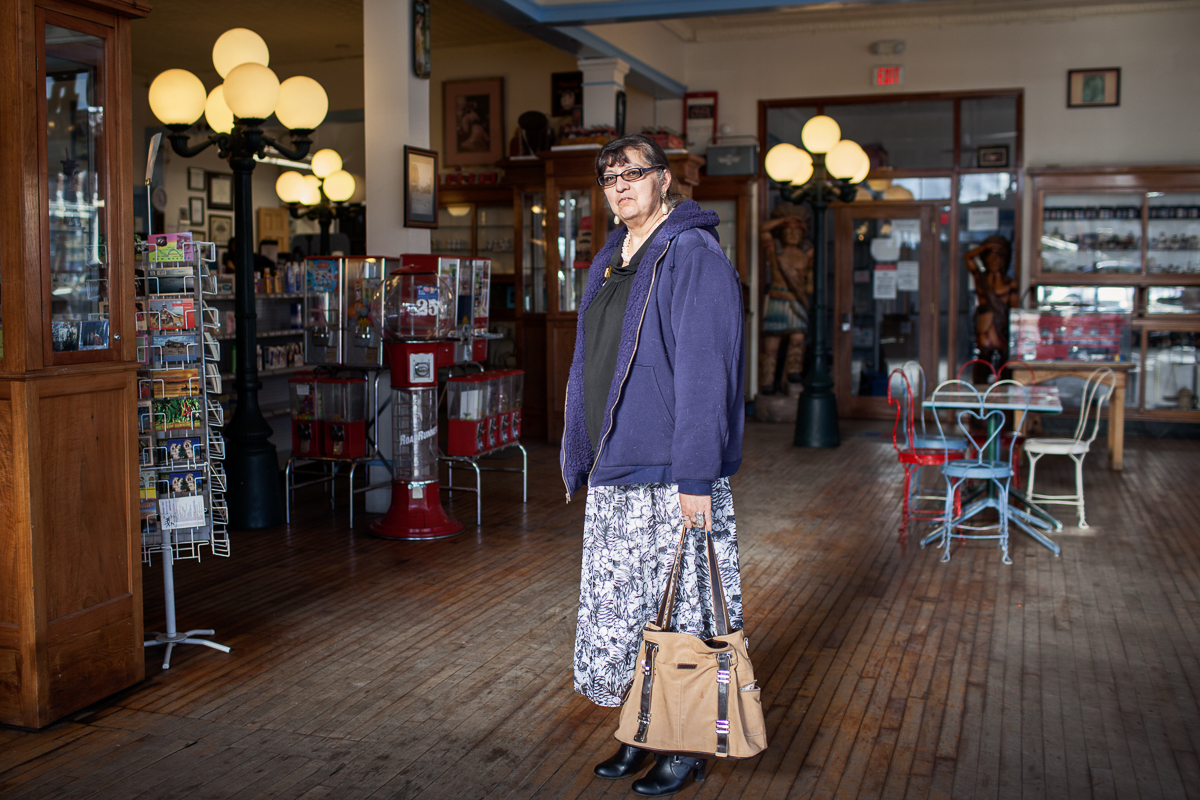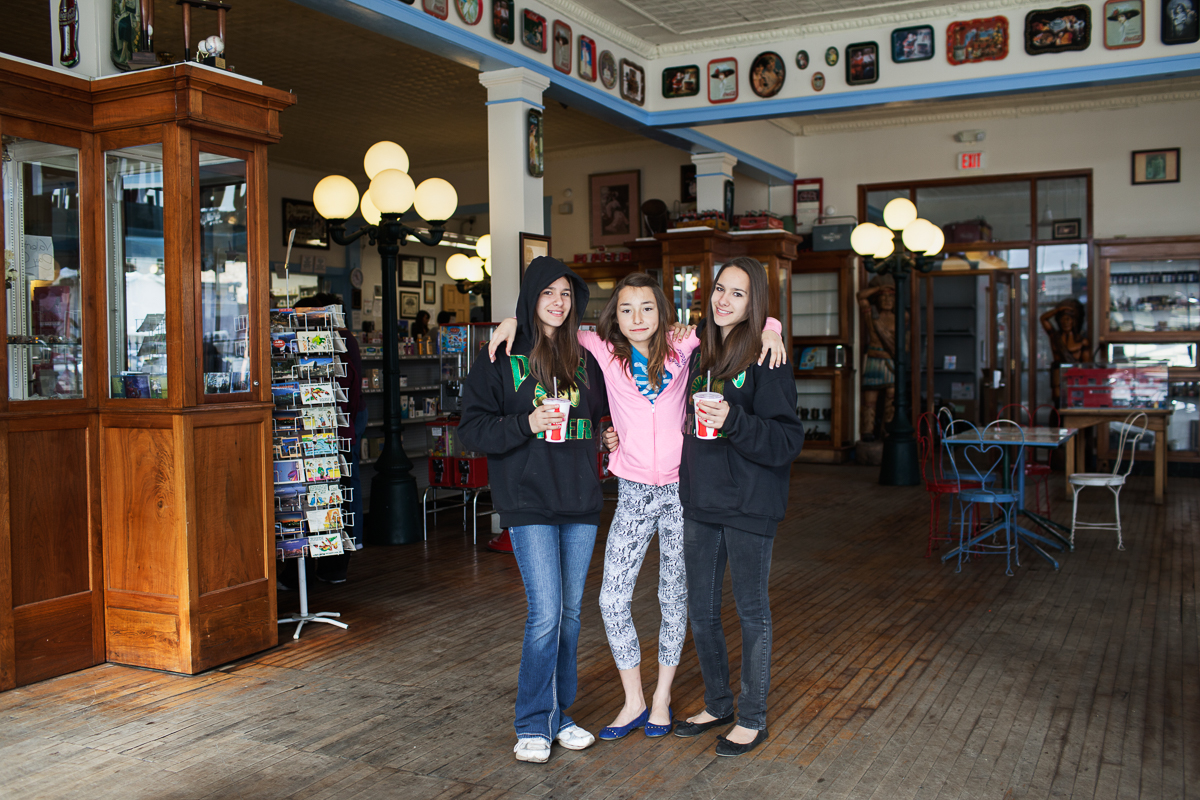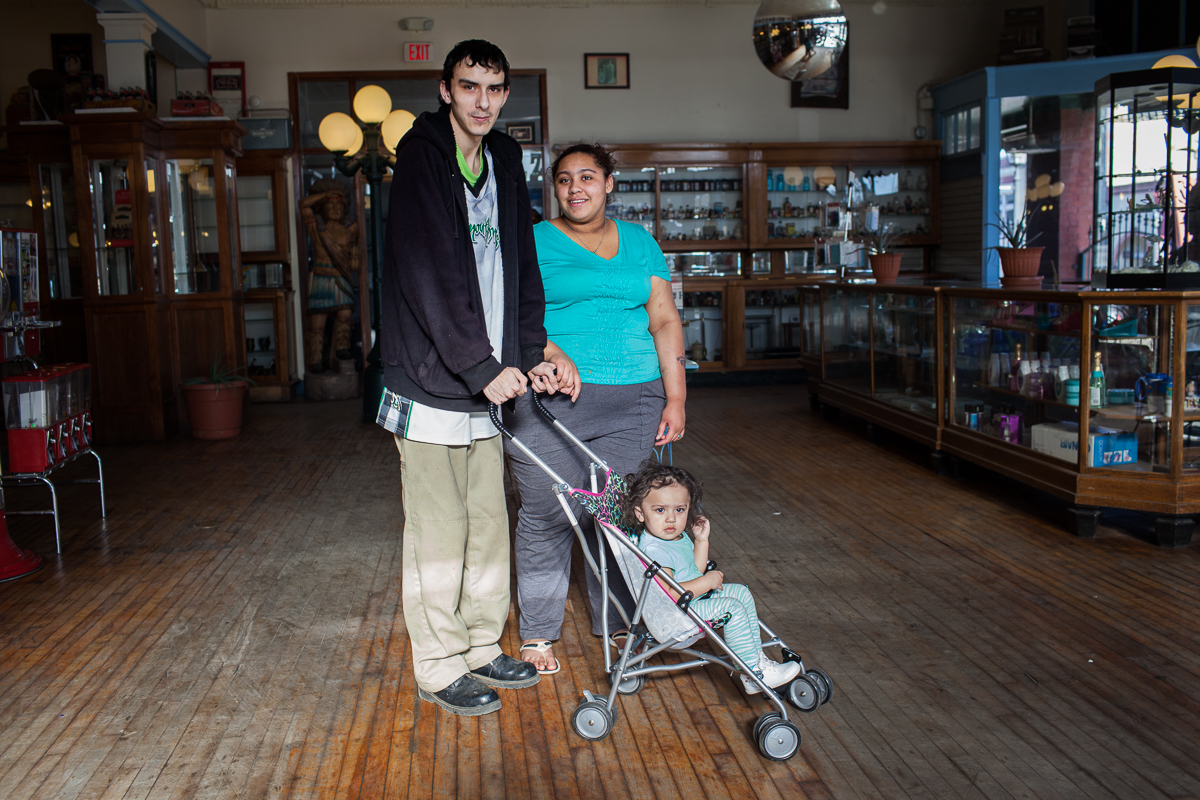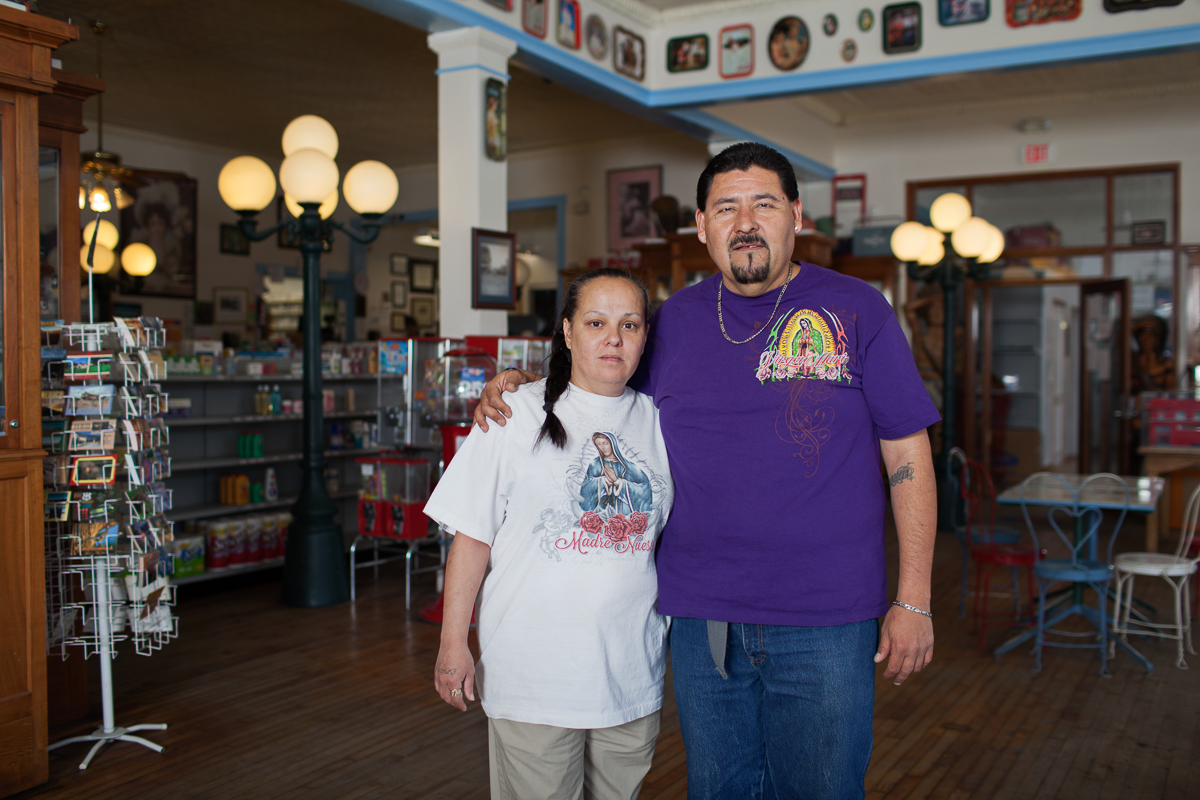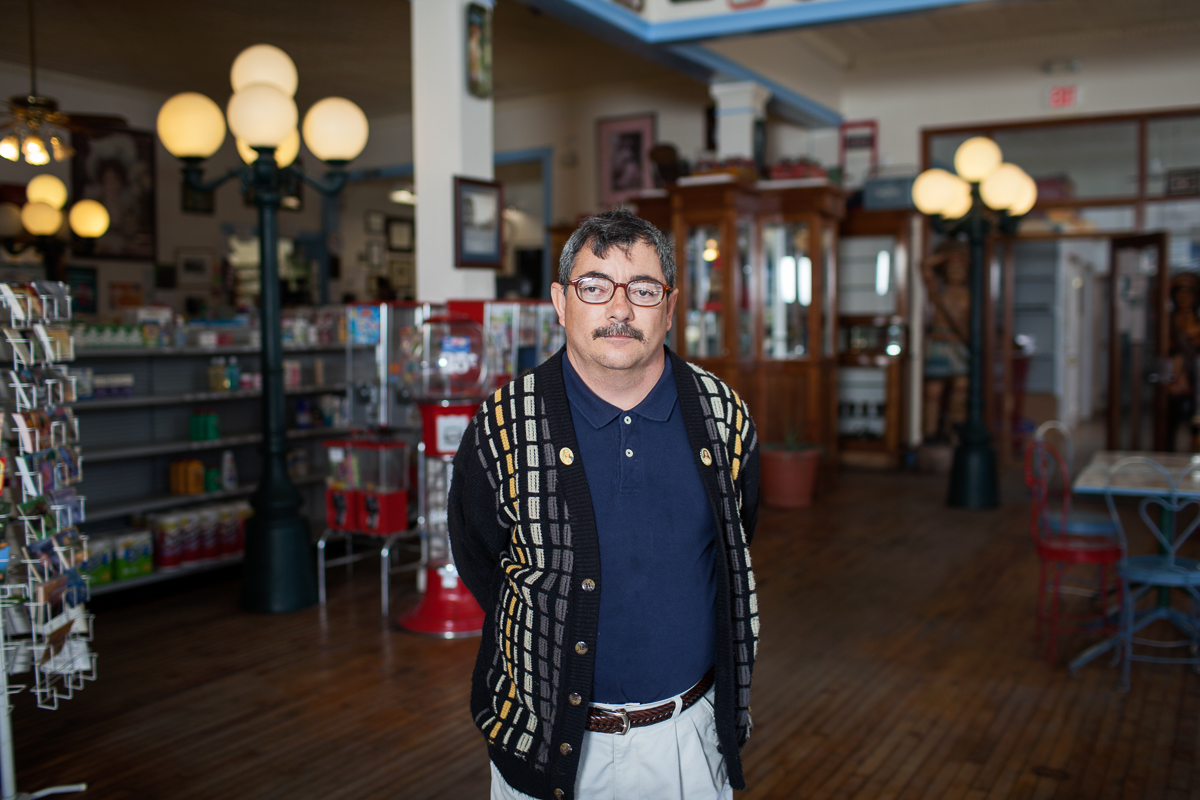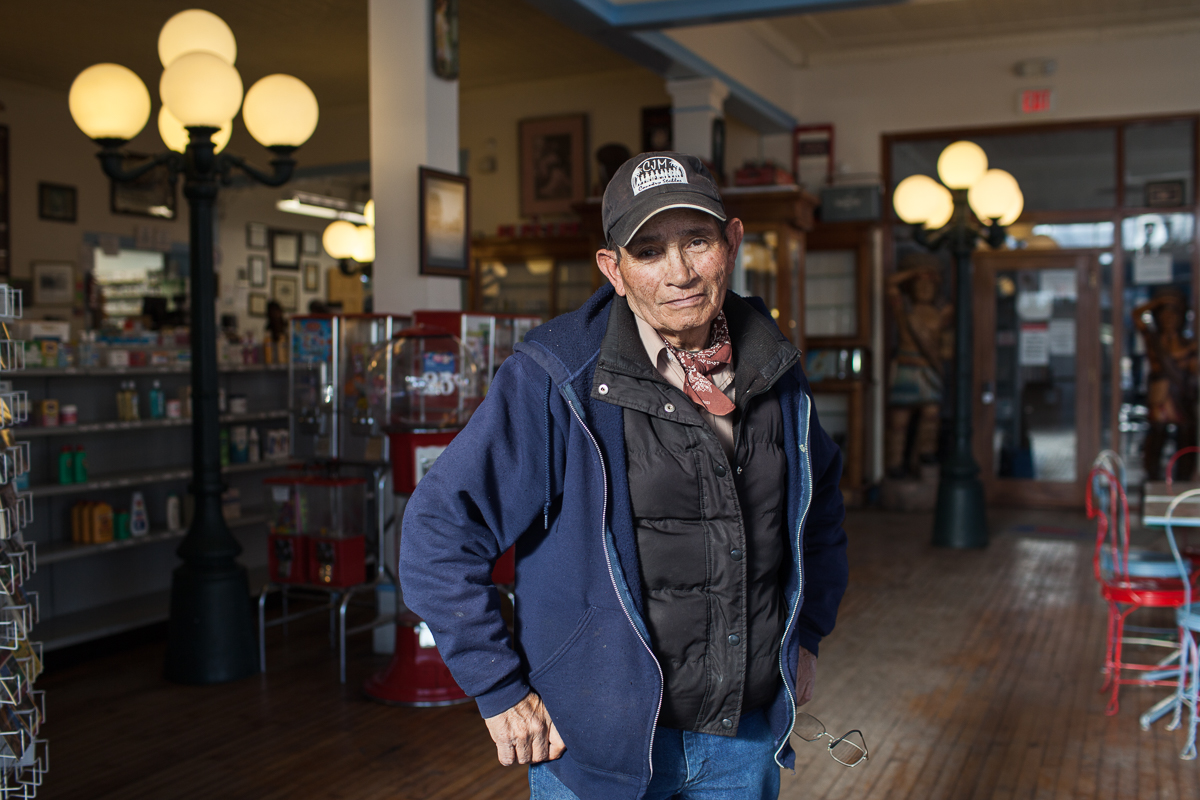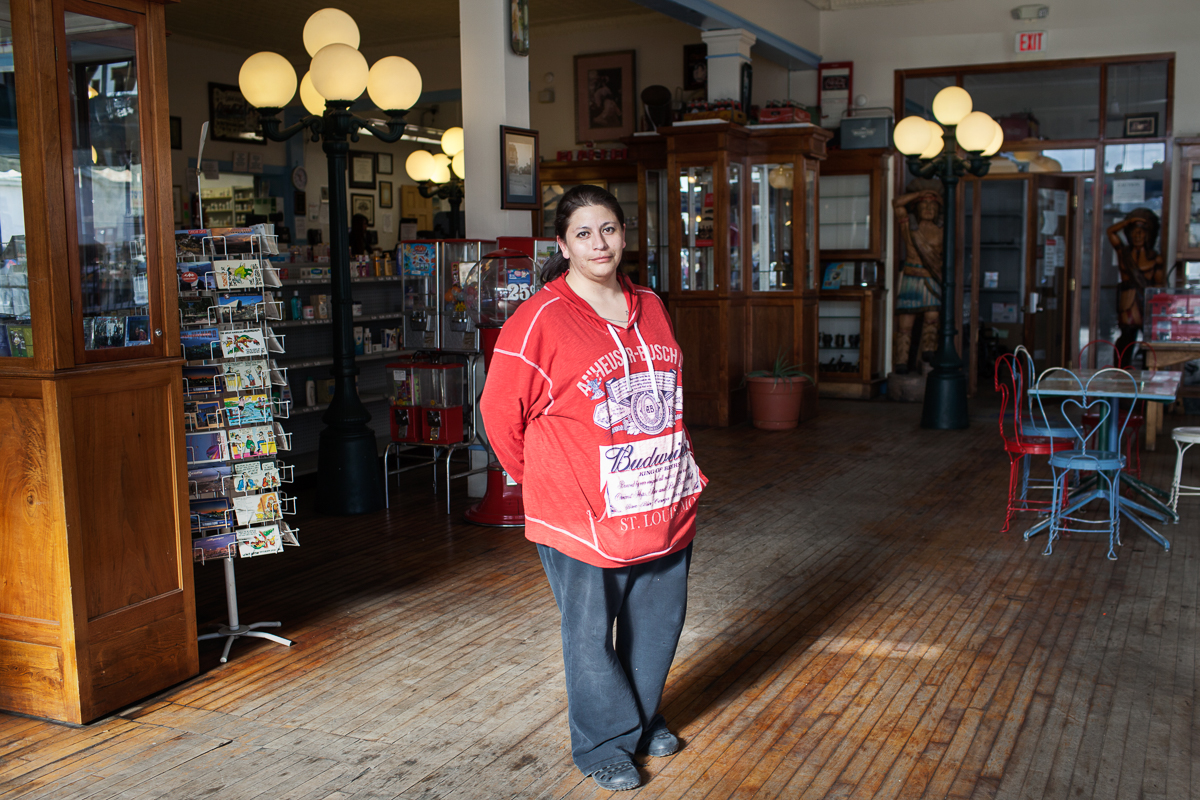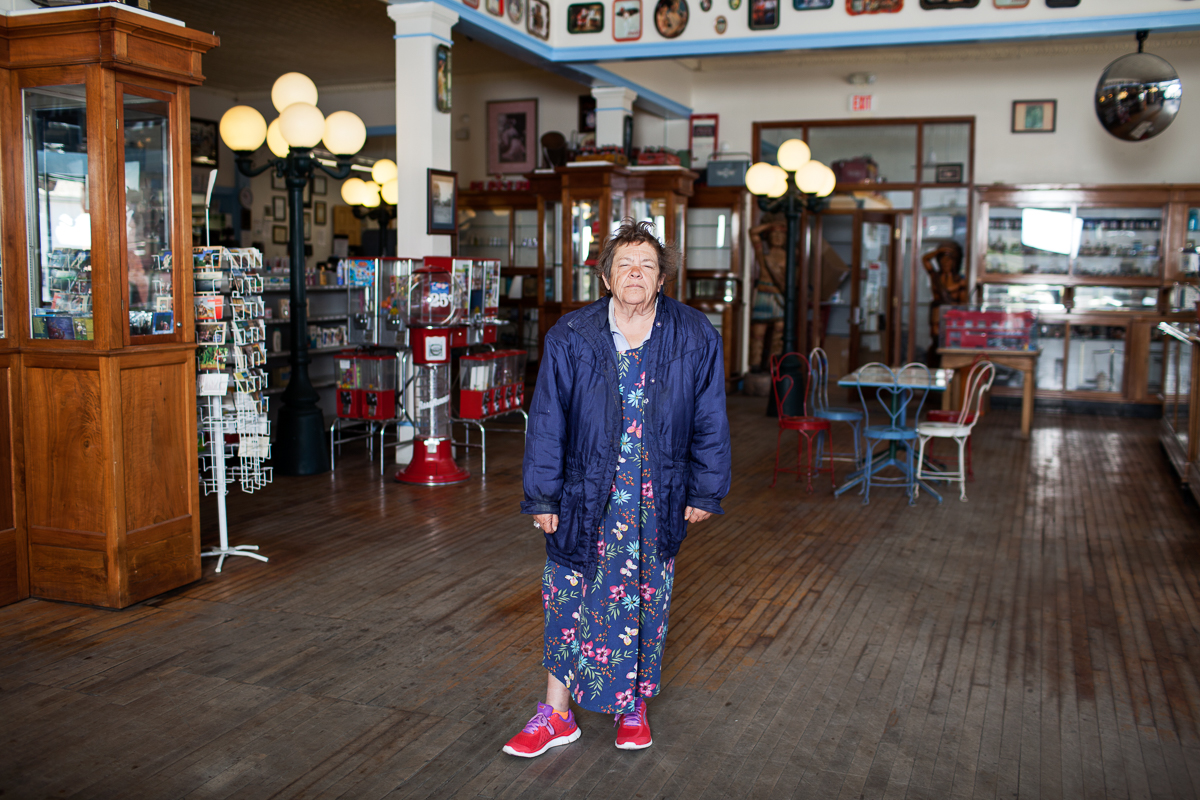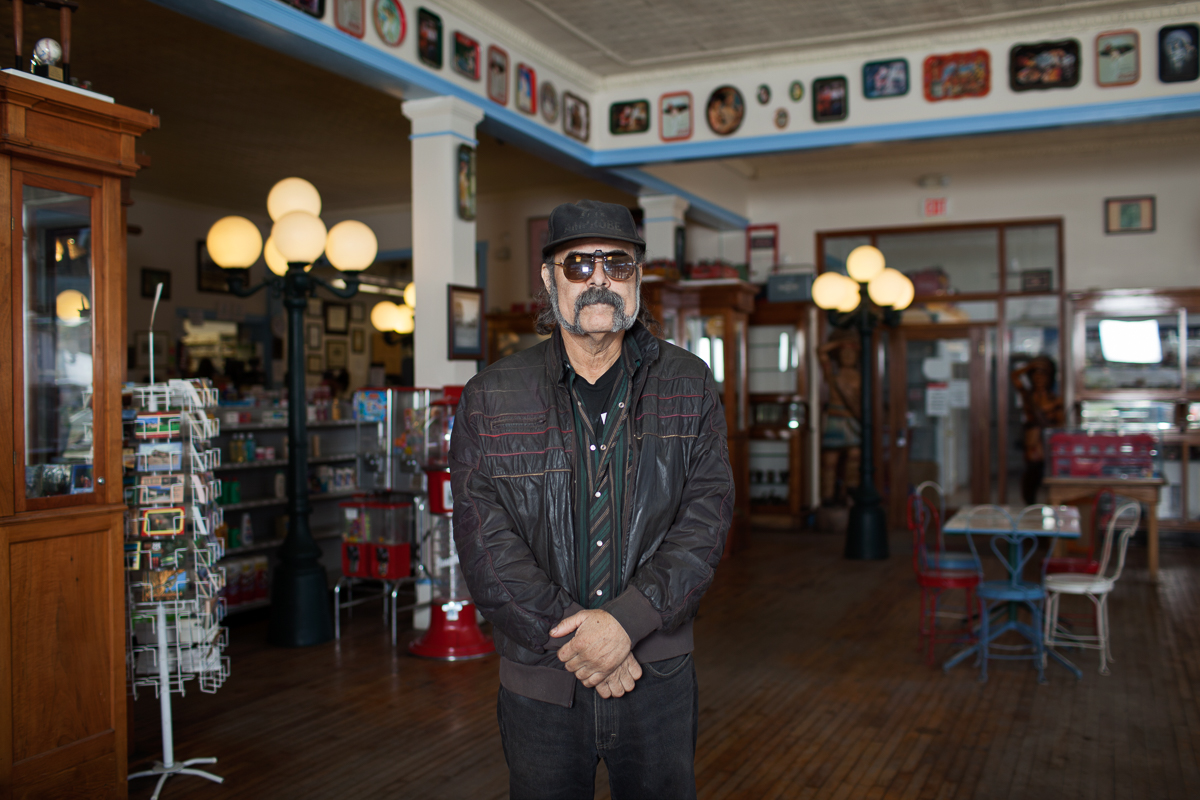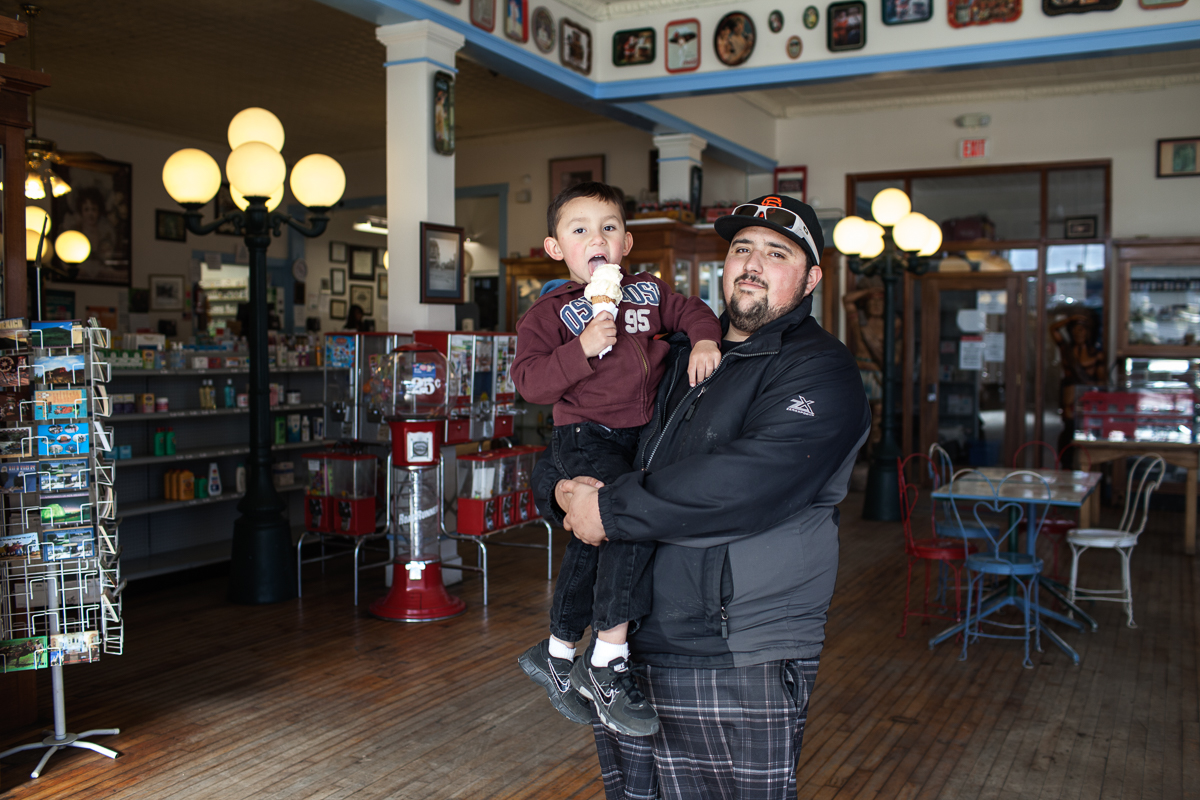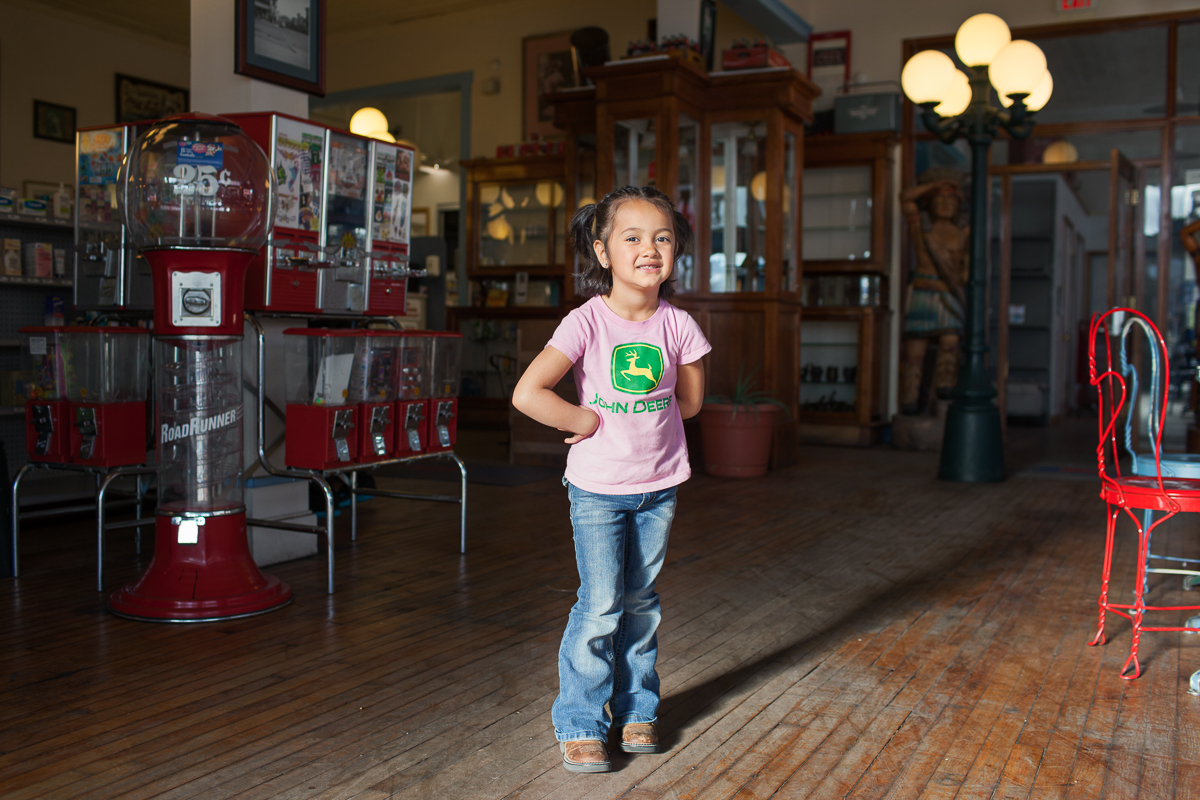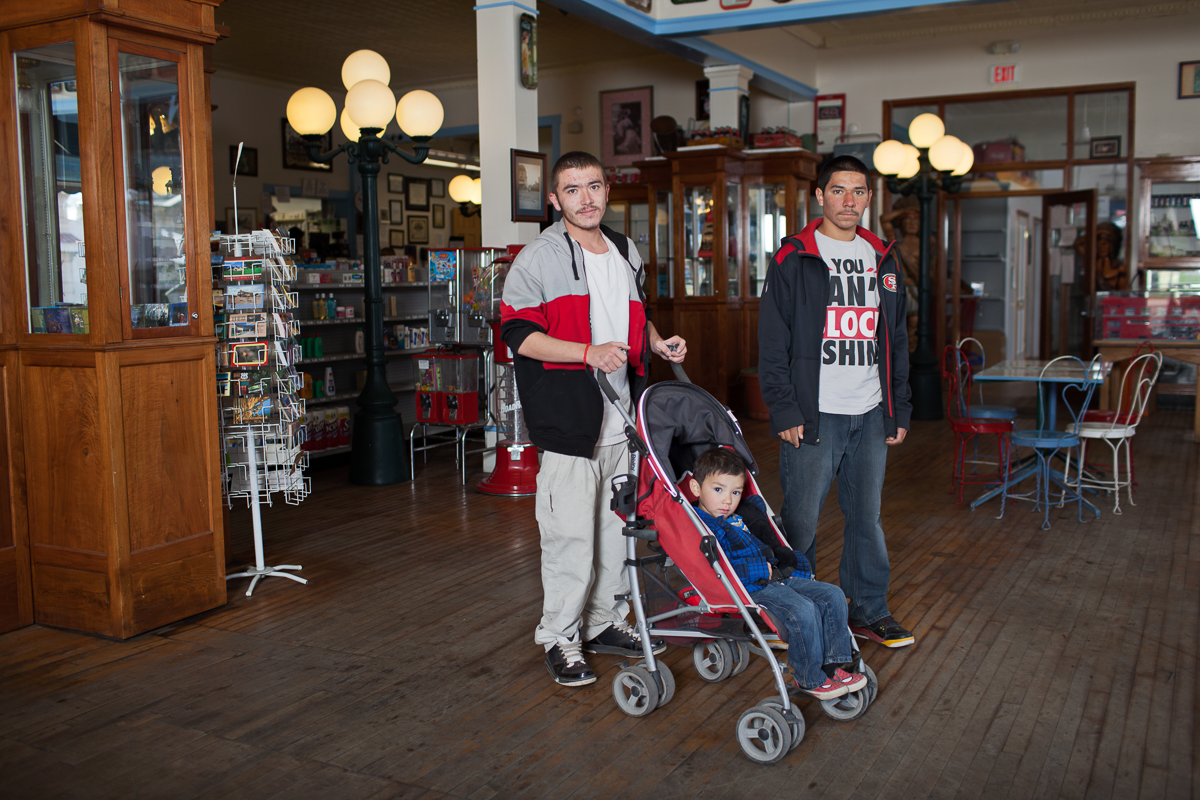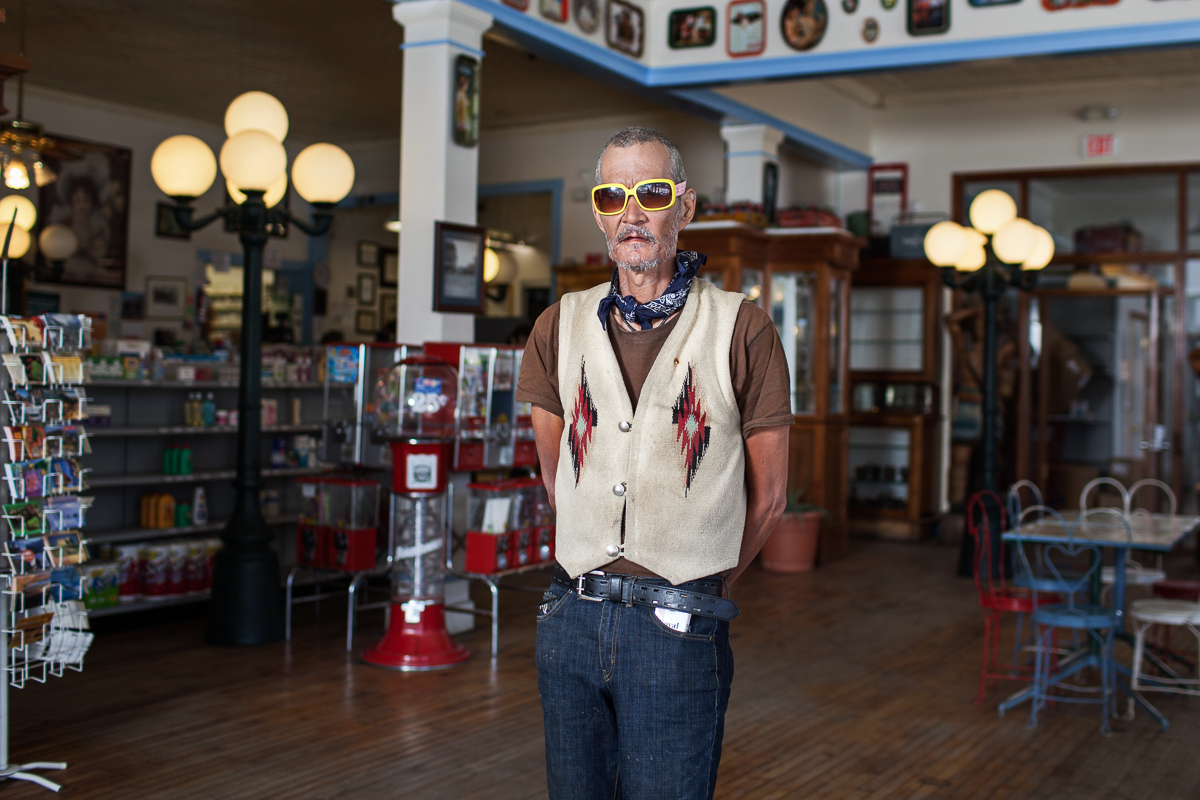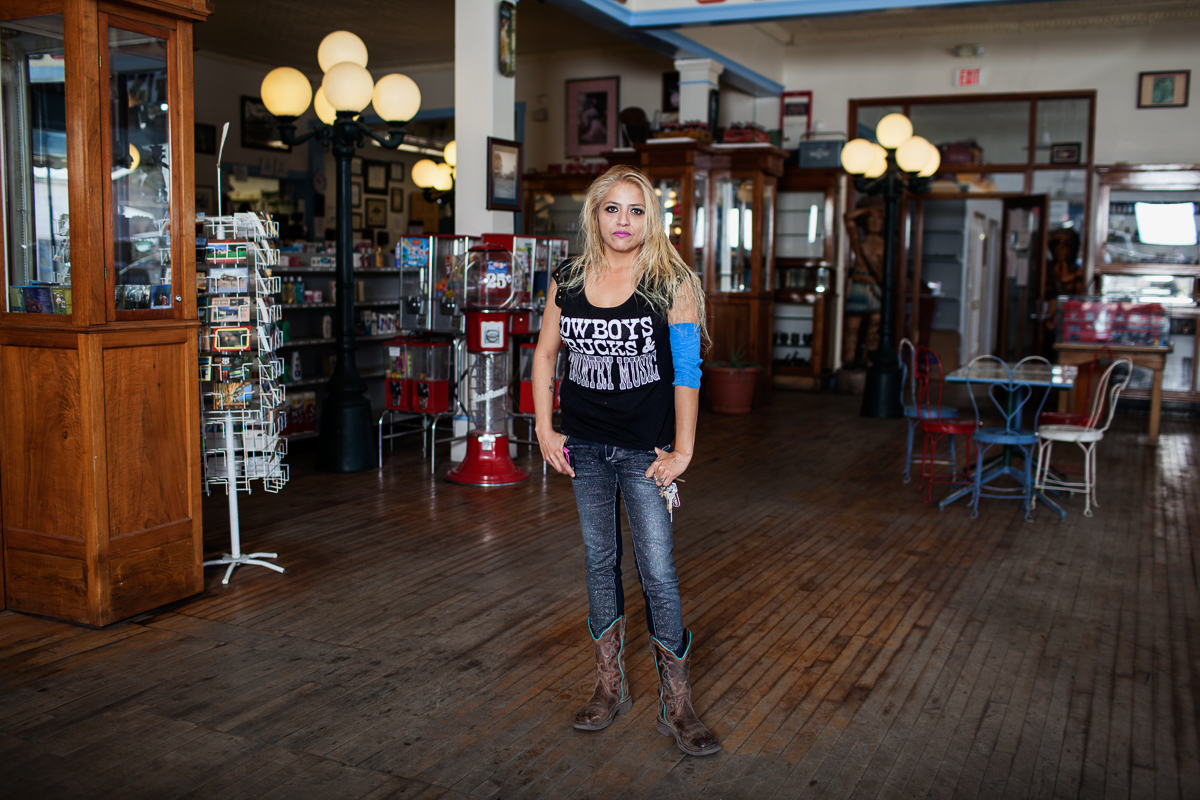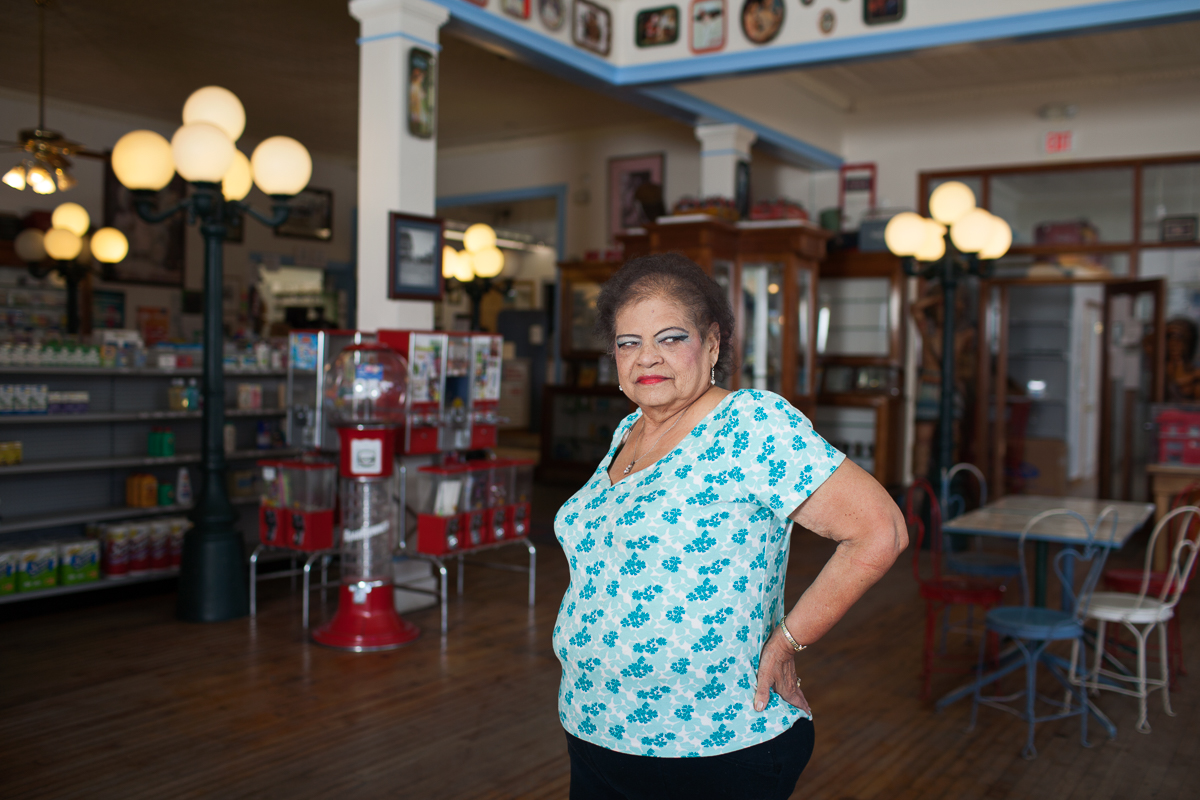Why transit access can be unsafe for deaf and blind passengers
Crosscut
December 6
New bus and train routes in Seattle are excellent news for some, but make life more complicated for those with limited sight and hearing.
Washington experiments with guaranteed basic income
Crosscut
June 7
With his first guaranteed basic income check, Geno Rosario purchased a cartload full of groceries. As the end of the month crept closer, there was no dread setting in, Rosario didn't need to worry about stretching his paycheck until the next one came. The $500 monthly stipend filled in the gap.
Expansion of electric vehicle grid hits roadblocks in rural WA
Crosscut
August 8
Just off Interstate 90 as it climbs the eastern side of the Cascades, Terra Sullivan and her family stumbled out of their car at an electric vehicle charging station outside Cle Elum. A thin layer of dirt coated their arms and legs, a souvenir from a few days of camping at Lake Chelan.
A ‘Week Without Driving’ Is a Year-Round Experience for Some King County Residents
South Seattle Emerald
September 28
For Kris Colcock, a 20-minute appointment may take all day to complete — and several buses. Colcock, who is blind and lives on Bainbridge Island, relies mainly on public transportation to get around.
You can spend a day doing something that takes just a few hours for a person driving, said Colcock, the first vice president of the National Federation of the Blind of Washington. “There’s a lot of planning that goes into using public transportation only.”
Why six small WA cities left thousands in federal relief unclaimed
Crosscut
March 28
Sifting through the reporting requirements to receive federal pandemic recovery dollars, Brier Mayor Dale Kaemingk just didn’t think his staff had the time to deal with the extra paperwork that came along with the money.
The dream of high speed rail in the PNW may finally be on the horizon
Crosscut
November 18
Rail advocates argue new lines will grow the economy, shrink mobility inequalities and help decarbonize the region.
District 2 bears the brunt of Seattle’s traffic deaths
South Seattle Emerald
July 6
A car crash in SODO took the life of a pedestrian just over three weeks into 2021. Days later, another traffic death occurred within the same block. Two months after that, a semi-truck collided with a bicyclist on the industrial streets of Georgetown, marking another fatality in the South End, where traffic deaths were quickly outpacing other areas of the city.
Why so many Seattle sidewalks are in bad shape
Crosscut
November 16
Tens of thousands of height irregularities and obstructions plague our sidewalk system. Who's responsible for fixing these problems?
Making Seattle safer for walking and cycling is proving difficult
Crosscut
August 17
Racing to catch the bus early one morning in late fall, Jennifer Lehman stepped off the sidewalk and into the crosswalk as soon as the light turned green. At the same time, a car swung around the corner, smashing into her.
Light rail cascades into Snohomish County
Seattle Transit Blog
June 23
Light rail tracks now snake north along I-5, more than a year and a half after Sound Transit broke ground on the Lynnwood Link Extension. Stations take shape as crews place girders for light rail’s long-awaited descent into Snohomish County.
Baker Heights: Tight-knit Everett community must scatter
The Daily Herald
August 2019
Kathleen Mullen spilled tears as the moving truck drove away.
Though she knew this had been coming for years, Mullen wasn’t prepared to leave her home and community of almost three decades. For most of that time she’s lived just a few doors down from Beverly Bowers, in a modest bungalow in Baker Heights, a public housing development in Everett’s Delta Neighborhood.
Gridlock keeps many in Sultan feeling trapped in their homes
The Daily Herald
December 2019
Held hostage by an onslaught of cars that clog U.S. 2, Sky Valley residents rally for a solution.
Come midday most Sundays, Dolly Green and her husband retreat home as the onslaught of cars begins to clog U.S. 2 heading west as the weekend comes to a close.
Redmond waits for light rail
Seattle Transit Blog
Feburary 2018
Before Sound Transit began planning light rail expansion east to Redmond, the city’s then-mayor, Rosemarie Ives, was already eyeing a congestion-free trip via public transportation from her city to Seattle.
Push, pull or drag: They’re going to get the road open
The Daily Herald
April 2019
Push, pull or drag: They’re going to get the road open.
Stuck in traffic: Super commuting of 3+ hours is on the rise
The Daily Herald
September 2019
Four days a week, Kerese Holmes joins the brake lights streaming in and out of Seattle.
And on a good day — with no accidents or rainy weather to maneuver through — she’s lucky to make the drive home in less than two hours.
Holmes is part of a not-so-lucky group of “super commuters” who spend 90 minutes or more traveling one way to work.
‘Hidden homelessness’ surprises Edmonds council members
The Daily Herald
March 2019
Homelessness is a reality for at least 230 Edmonds residents, according to a recently released report.
The findings challenge common assumptions that there are no unhoused people in the city and that people experiencing homelessness come from outside the region, the report notes.
The myths are familiar to Councilmember Adrienne Fraley-Monillas. “I keep hearing that,” Fraley-Monillas said in an interview. “There’s a perception that if you don’t see tents on the sidewalk you don’t have homelessness.”
Multimedia reporter. Curious. Always up for a good story.
Covering cities around the Puget Sound, I’ve taken a deep dive into the lack of affordable housing and one of the biggest transit expansions in the nation, while covering city councils and industrial pollution. Publications include The Marshall Project, Crosscut, The Daily Herald, Seattle Times, The Issaquah Press and Midwest Energy News. Resume"
(773) 401-9345

